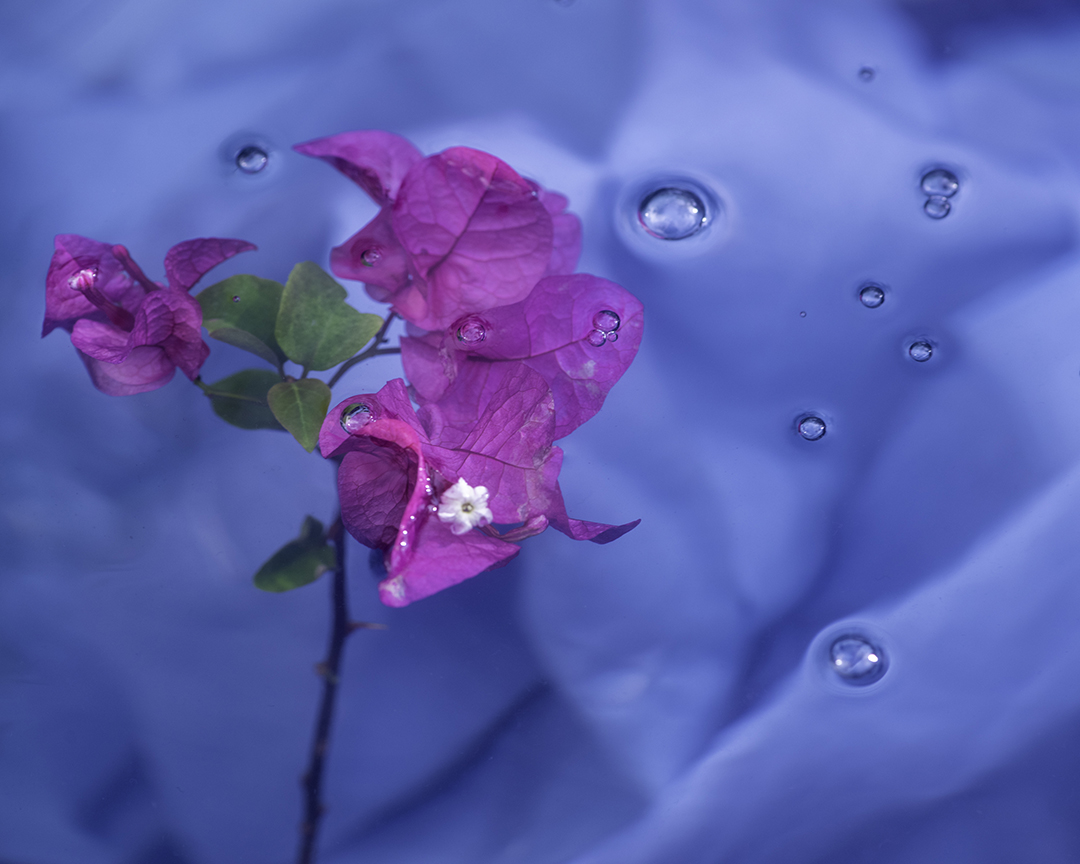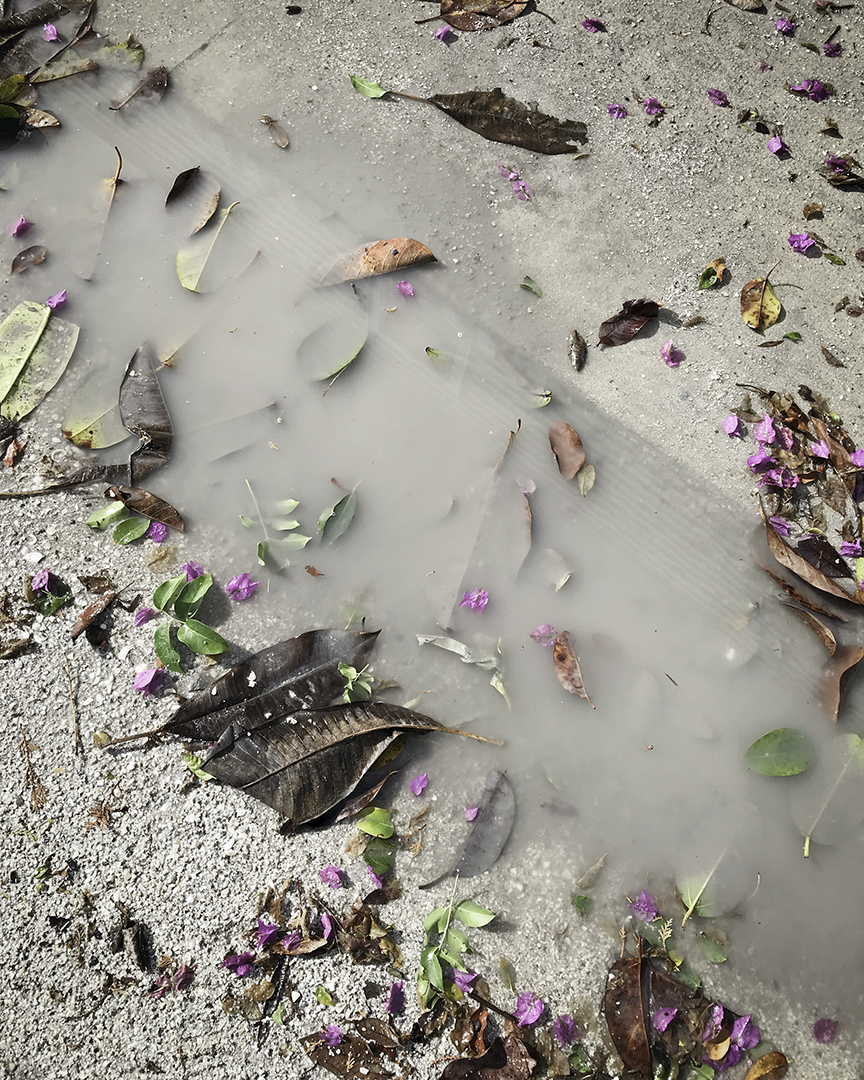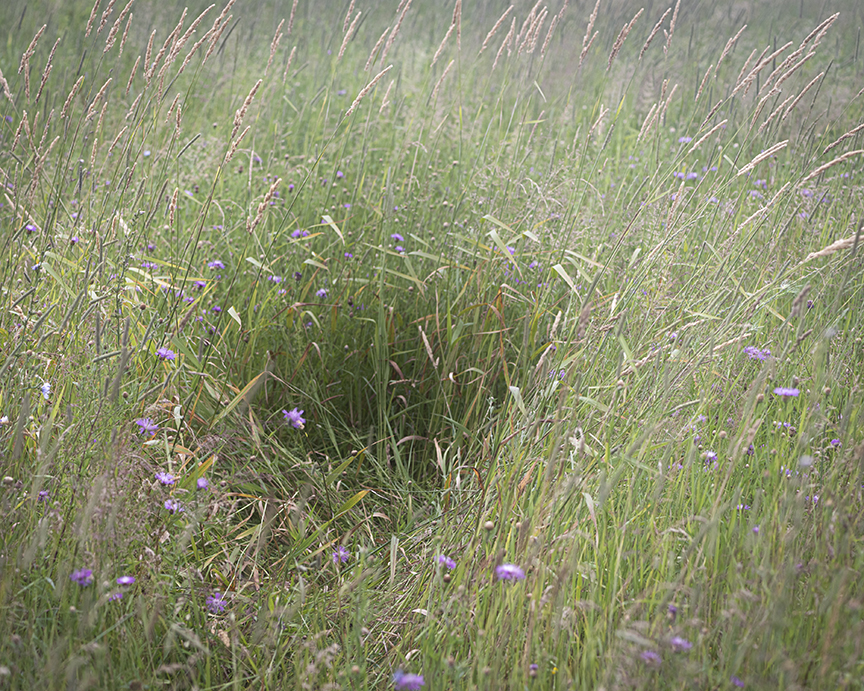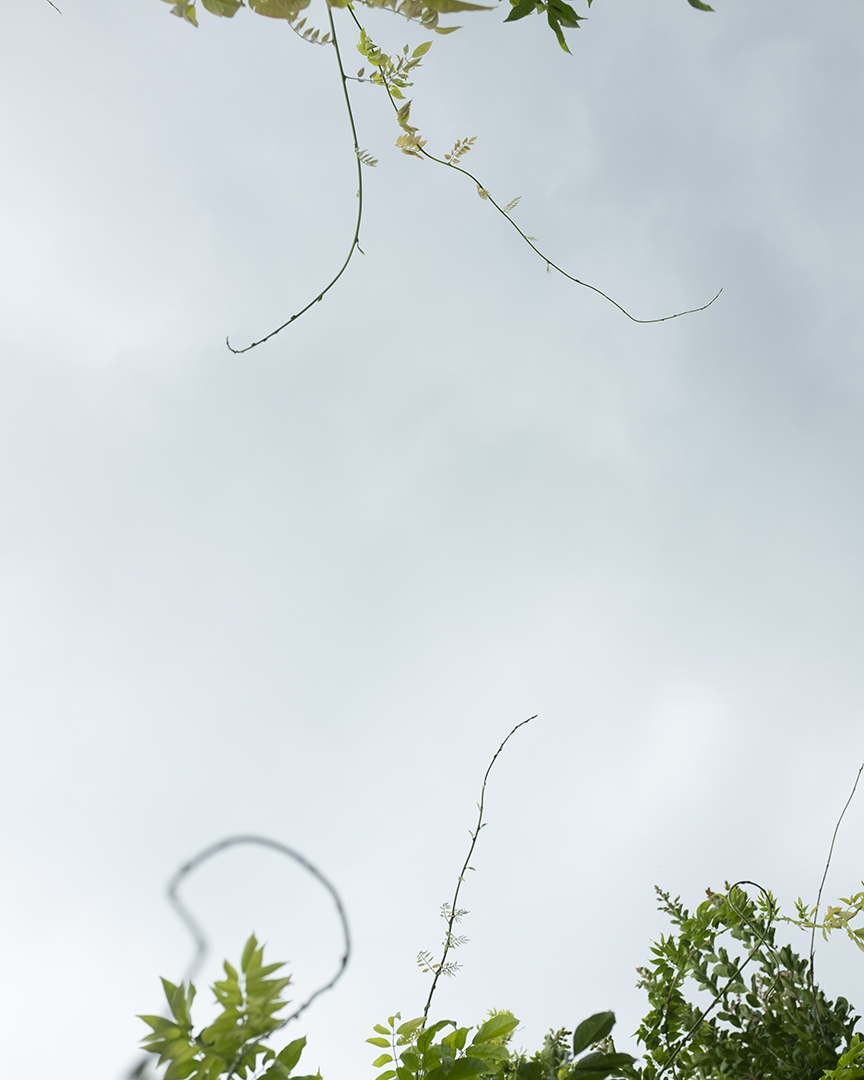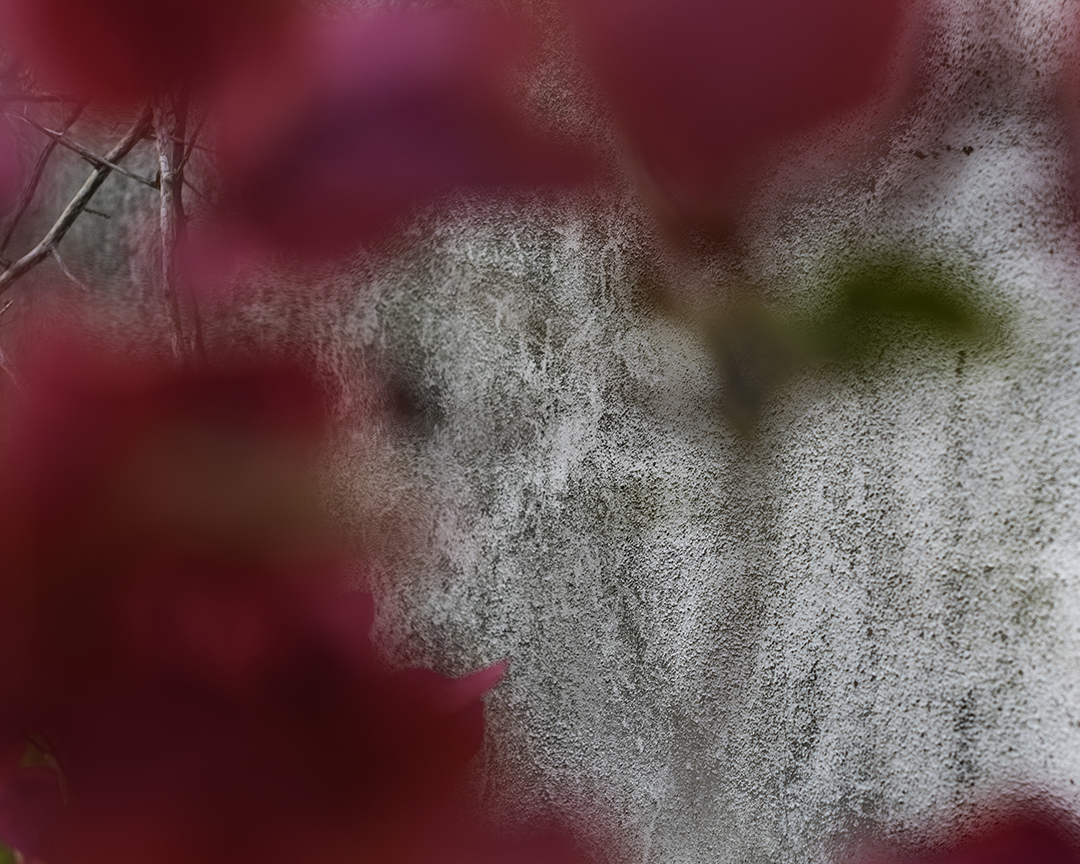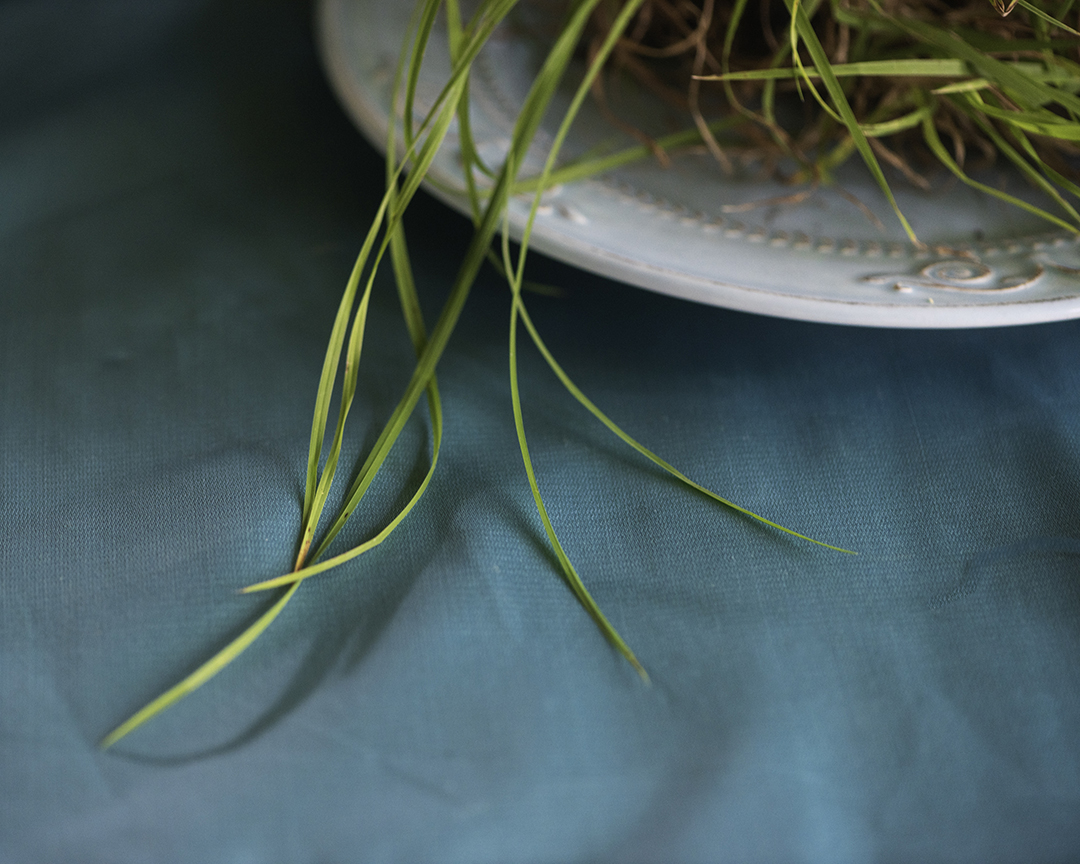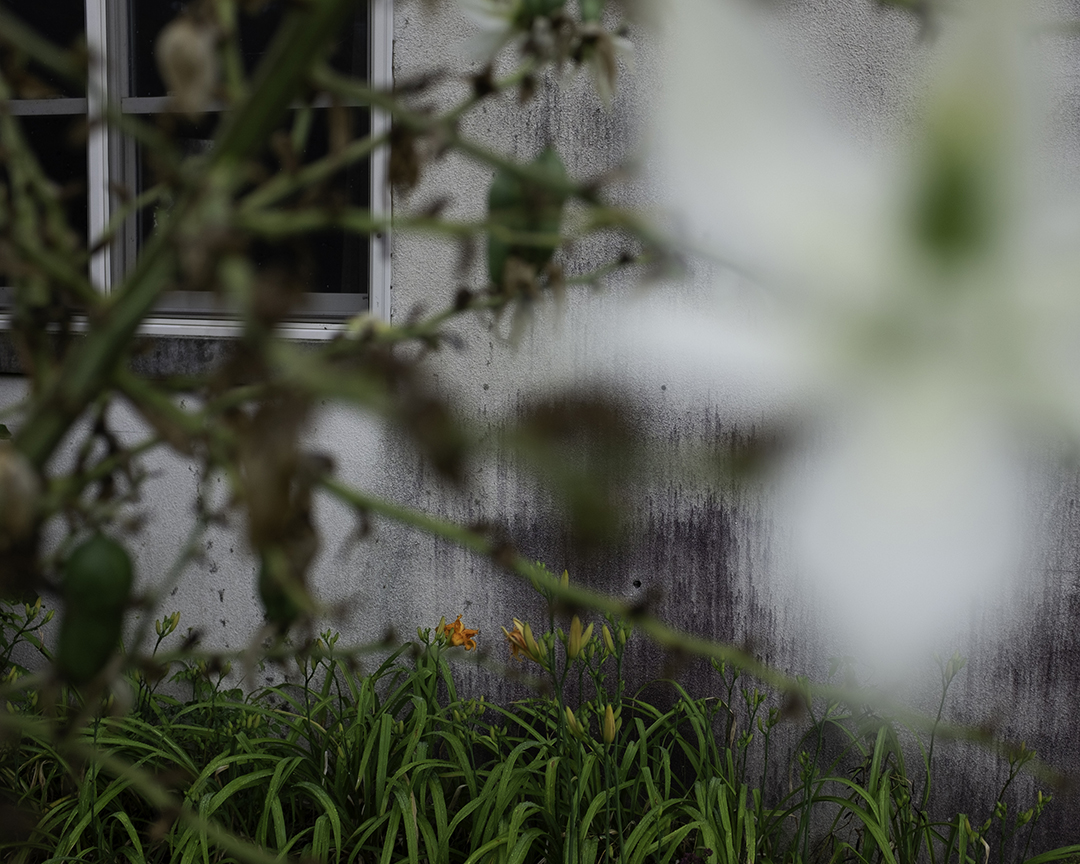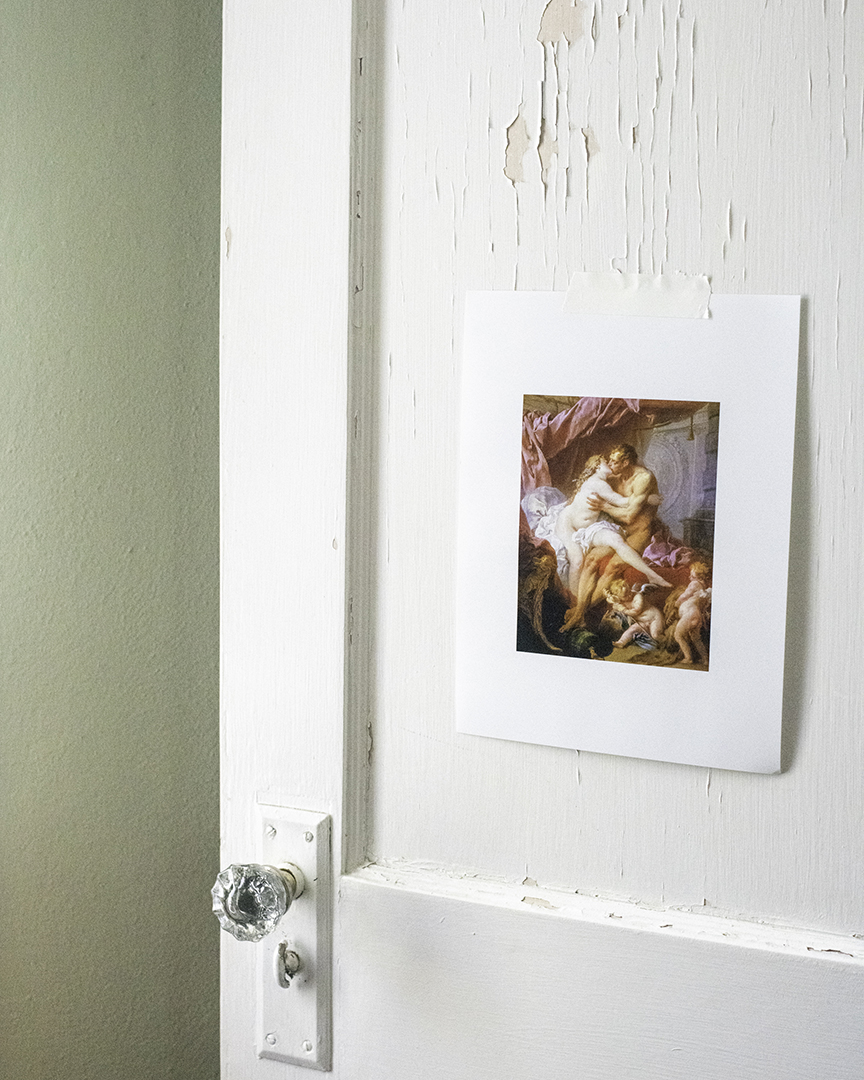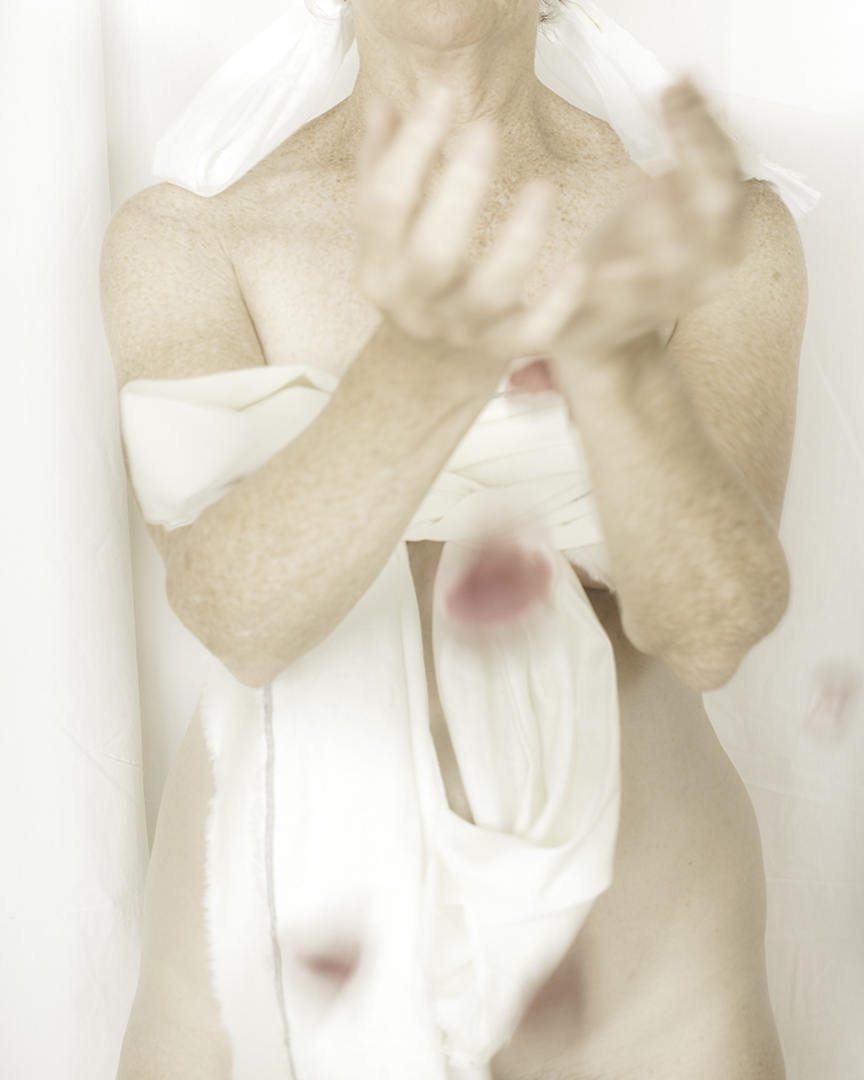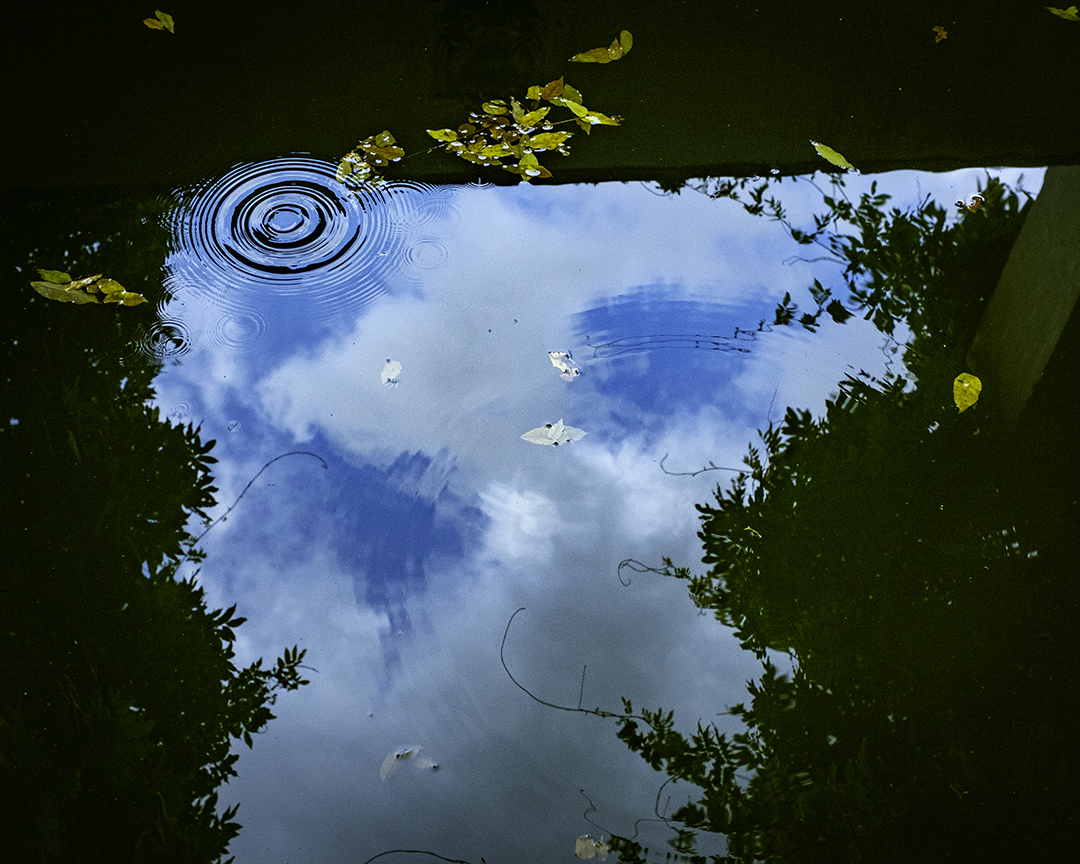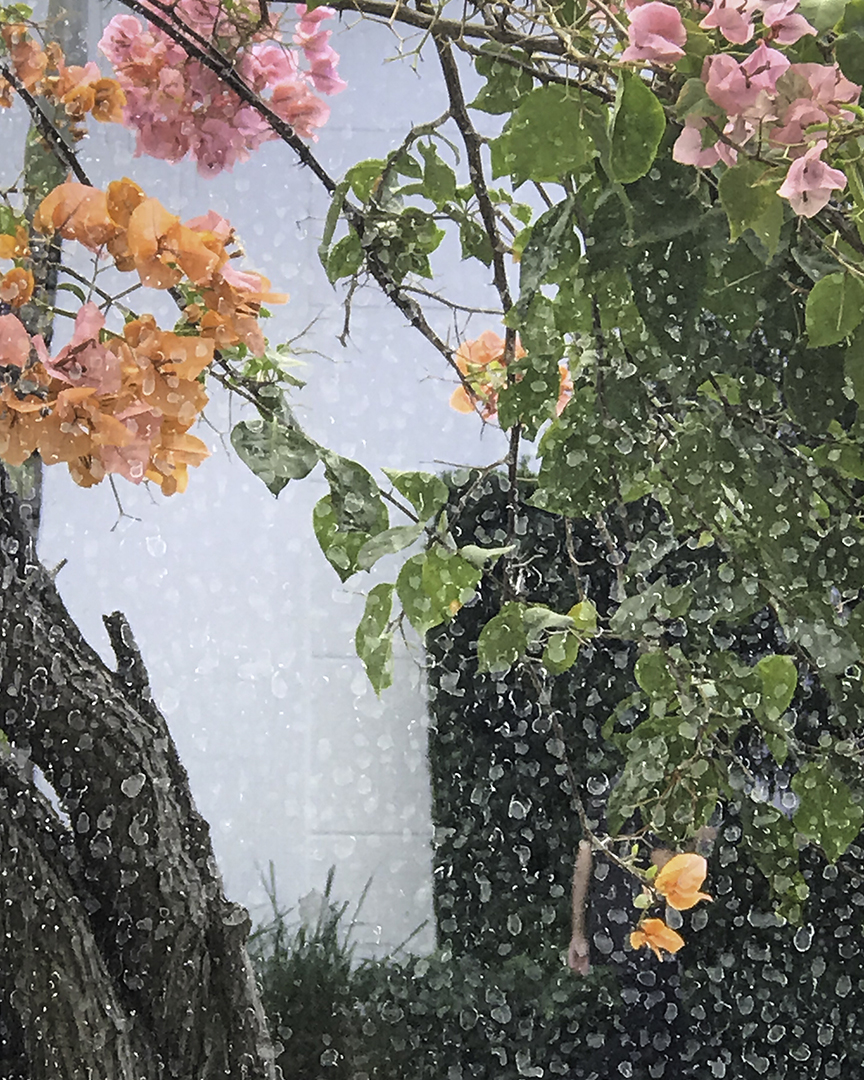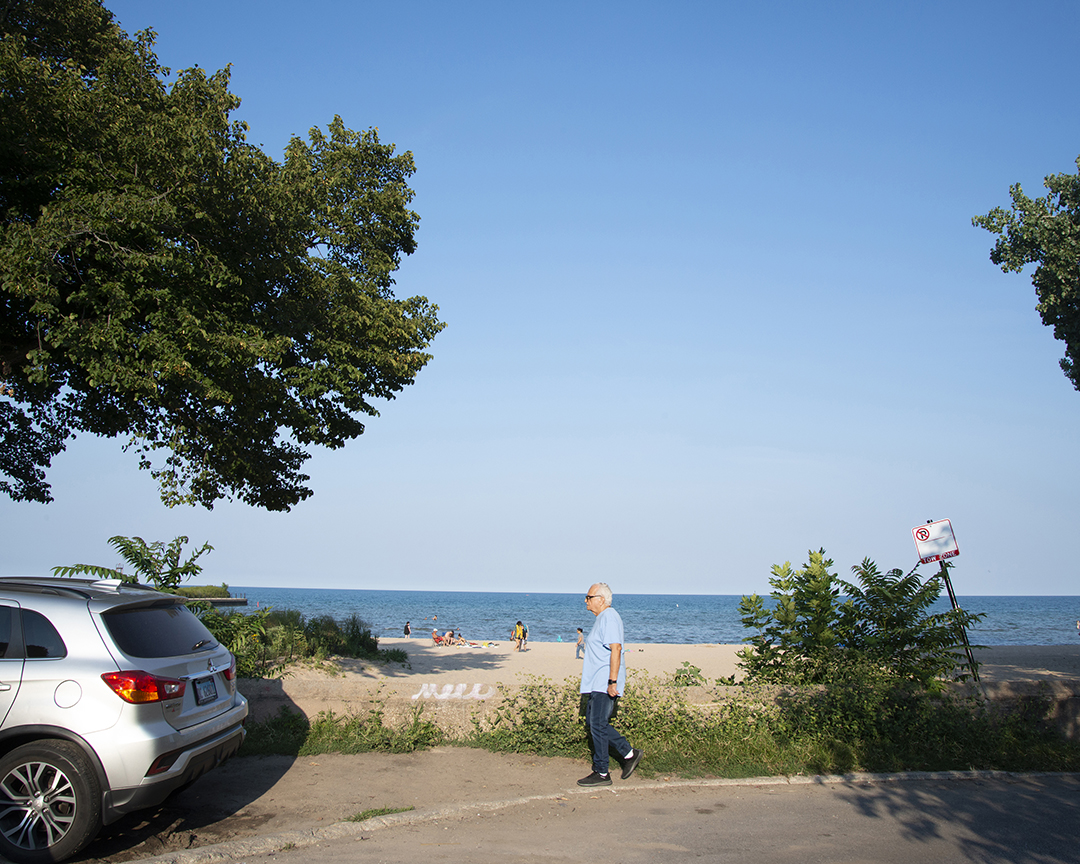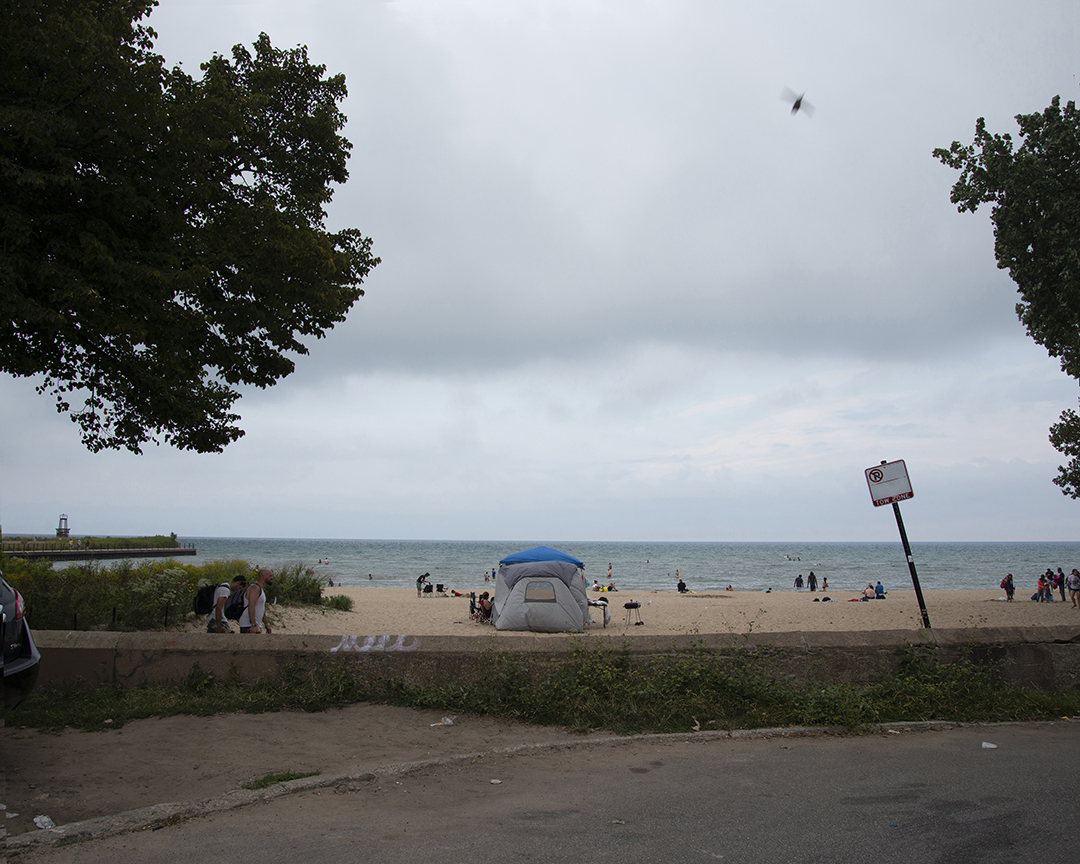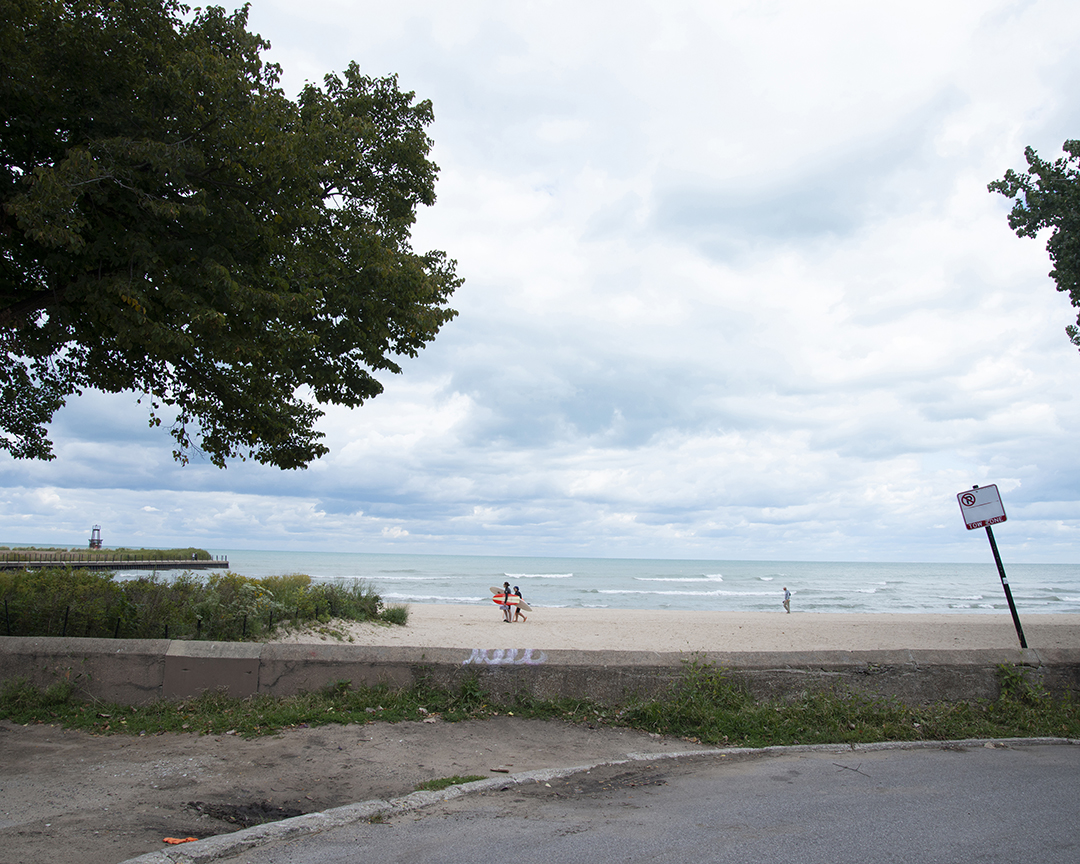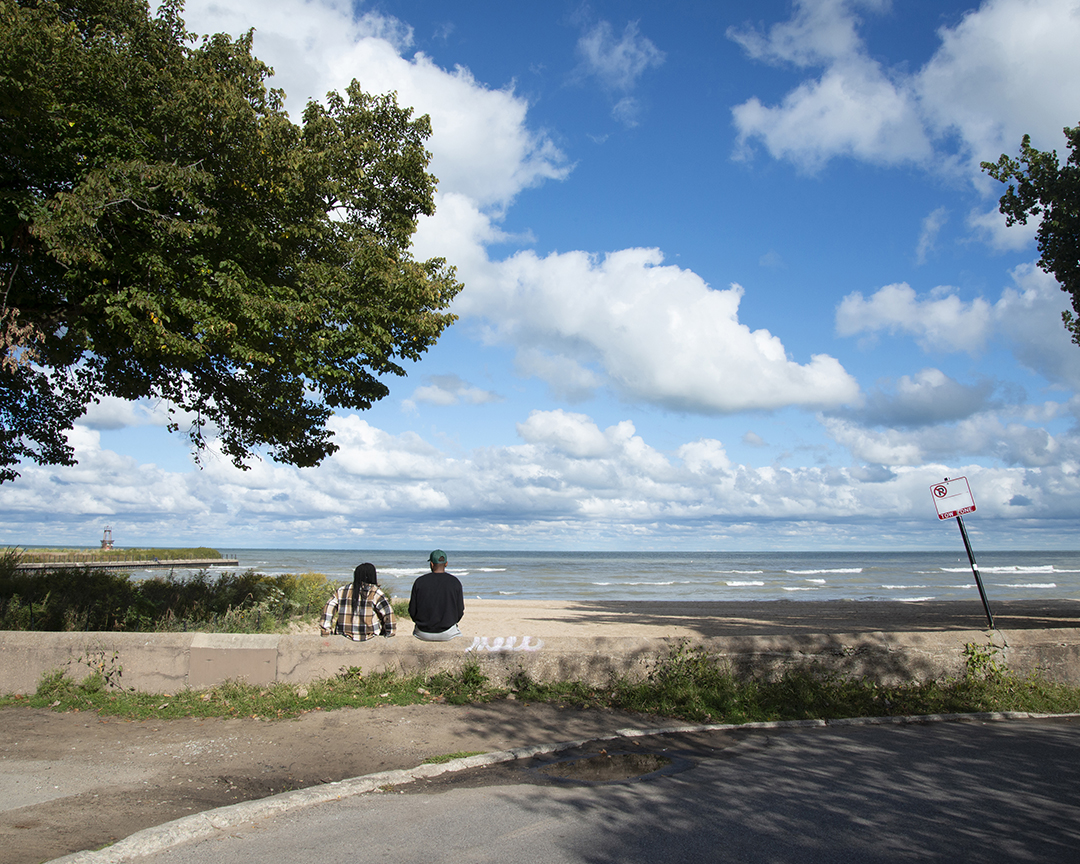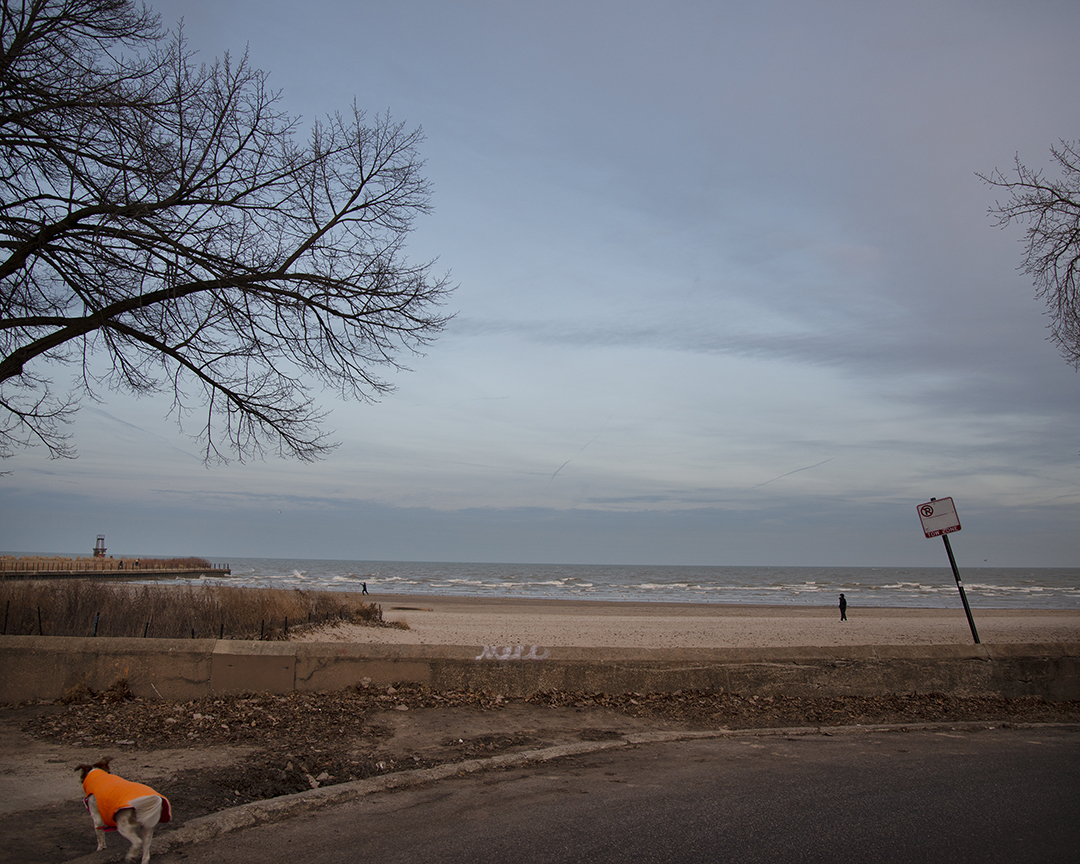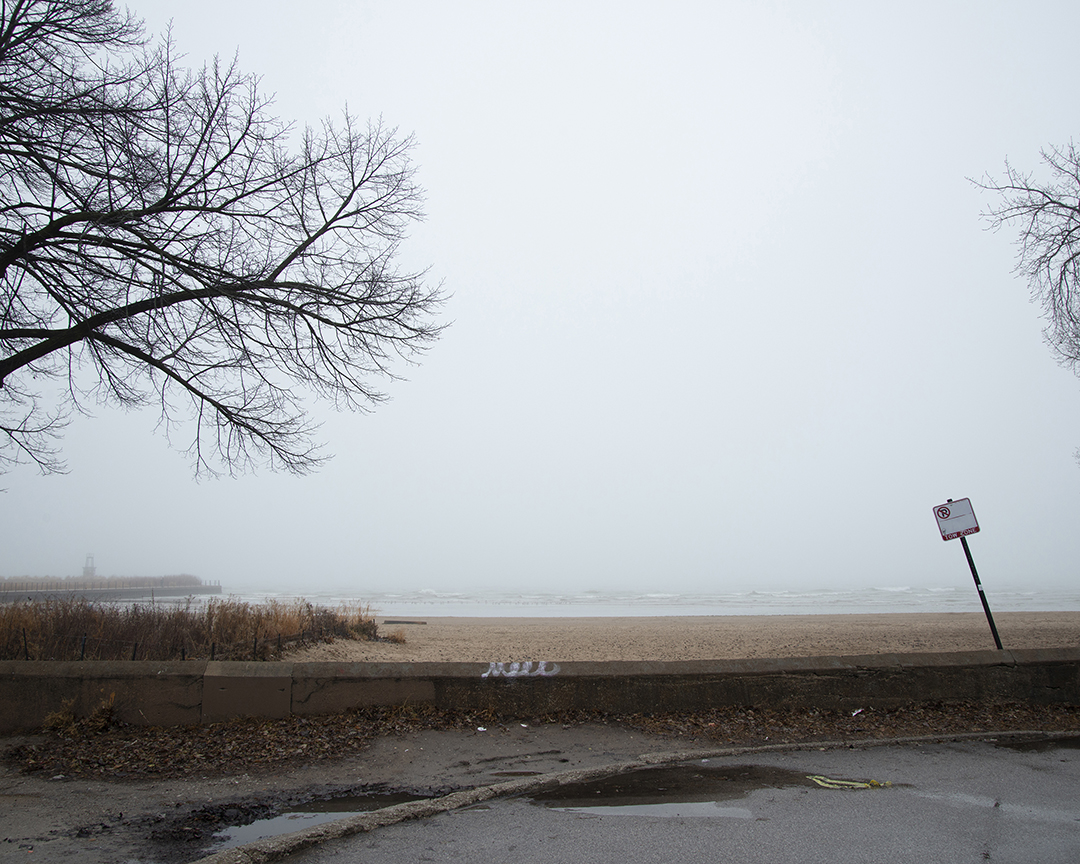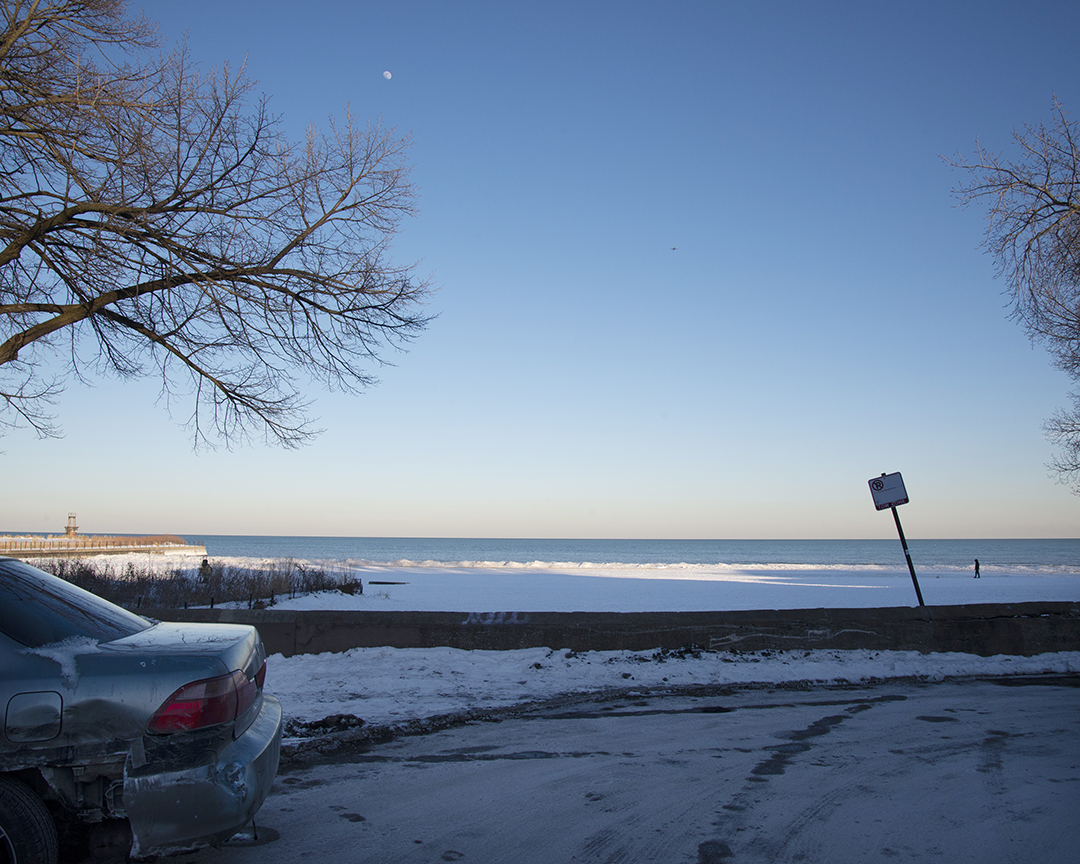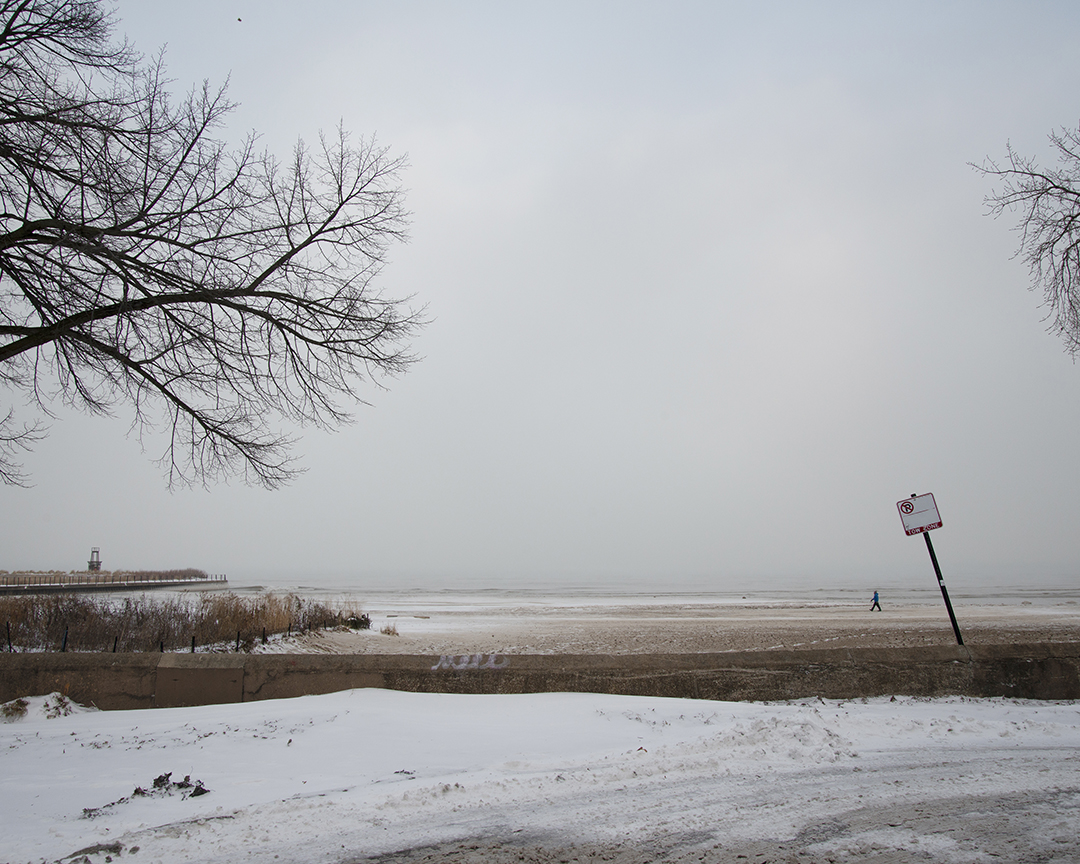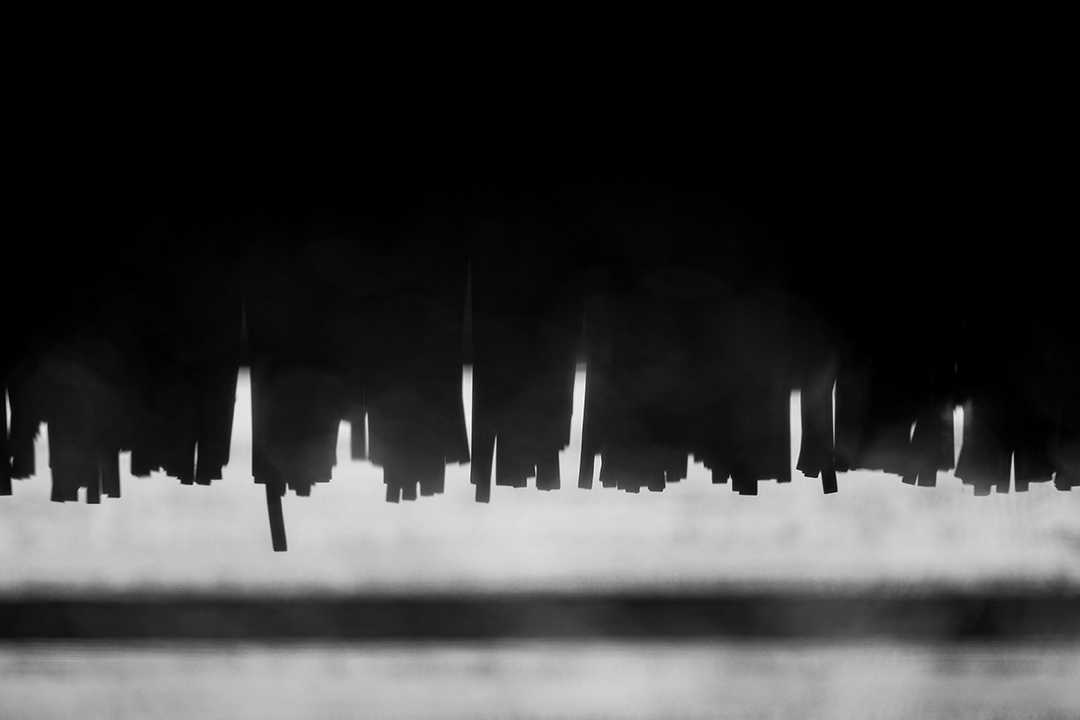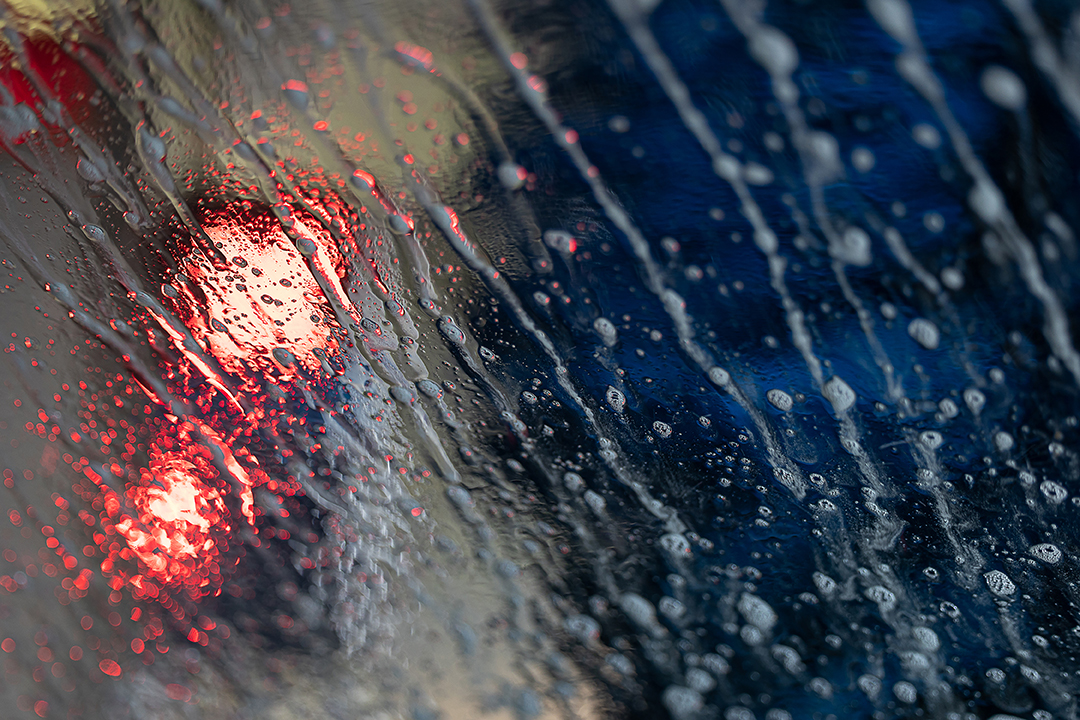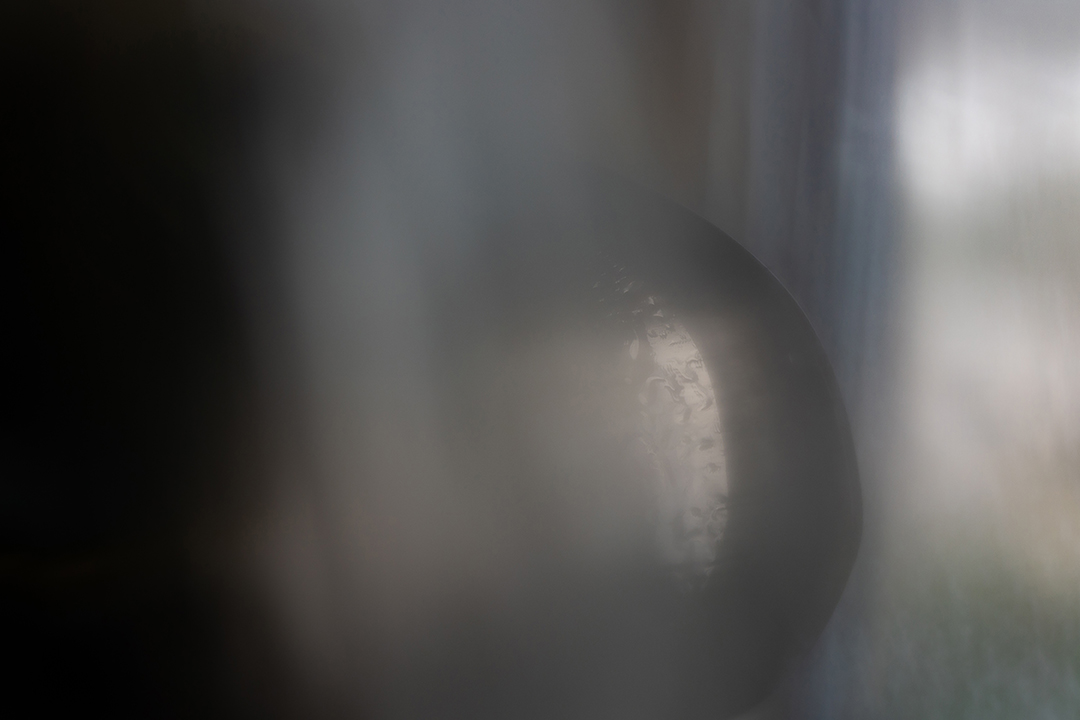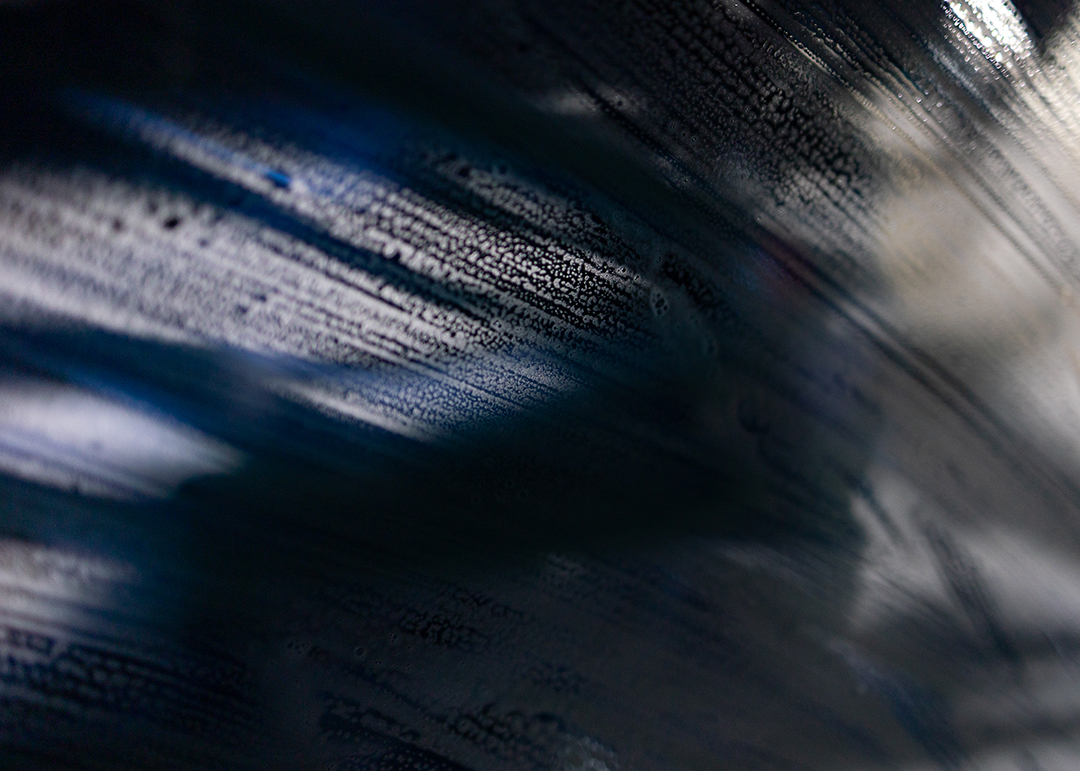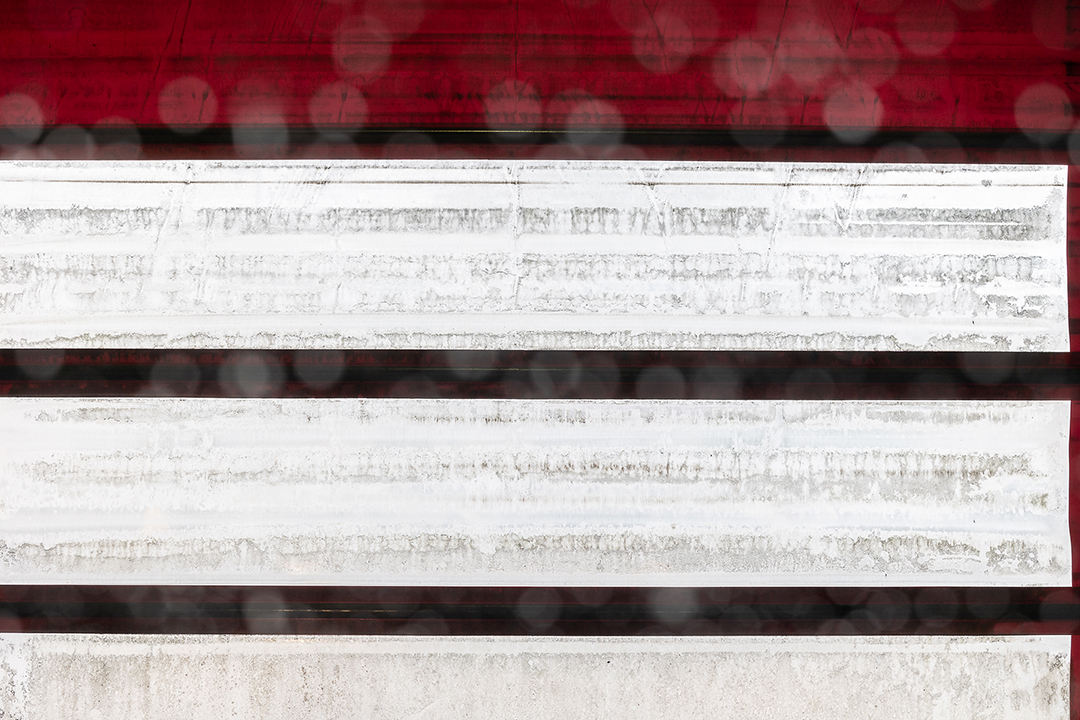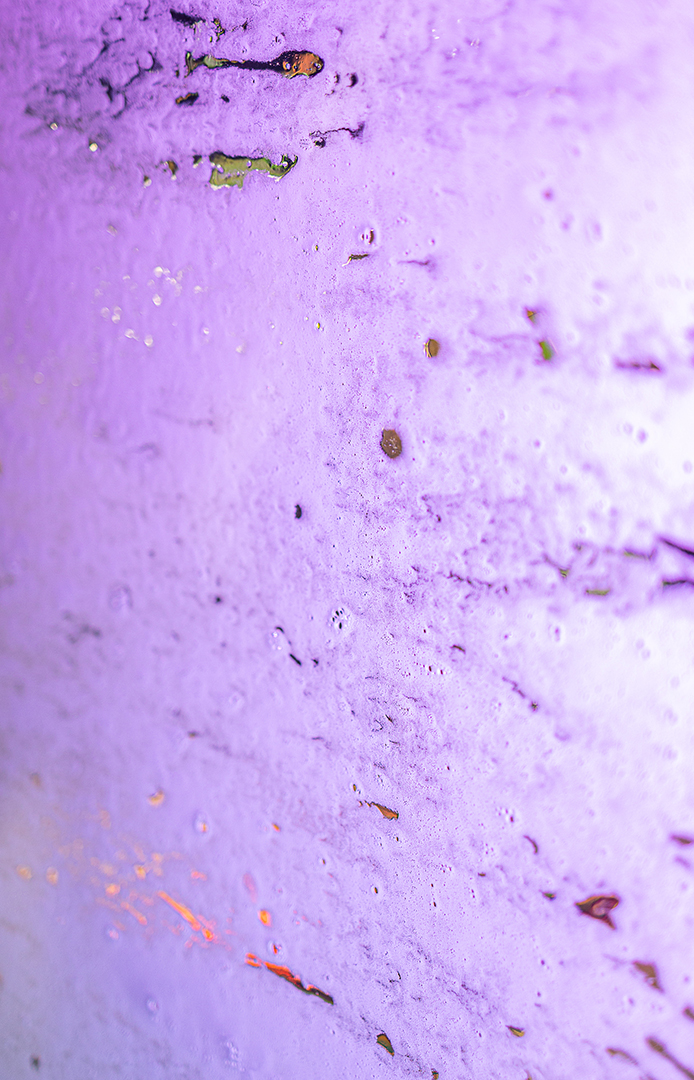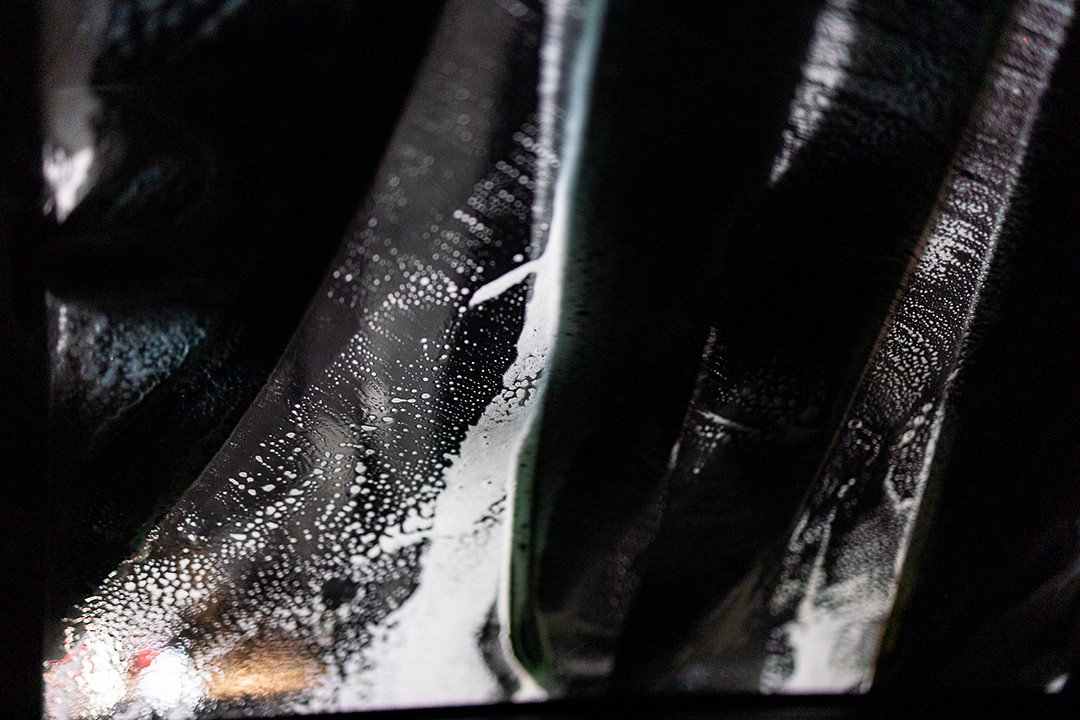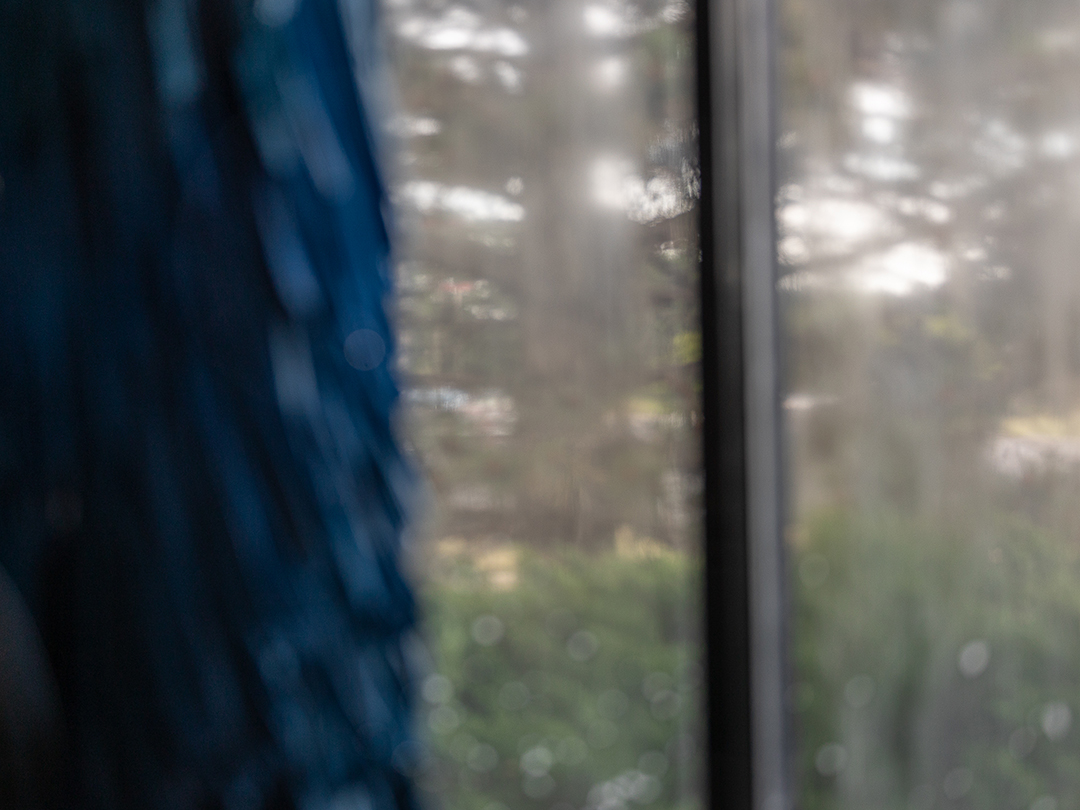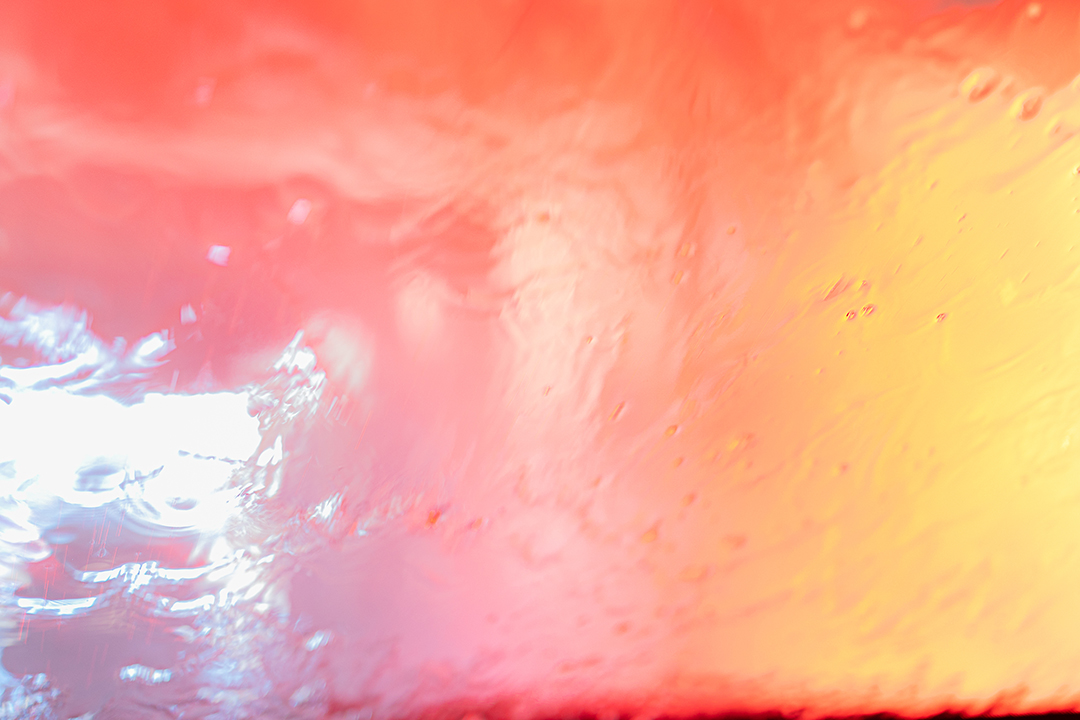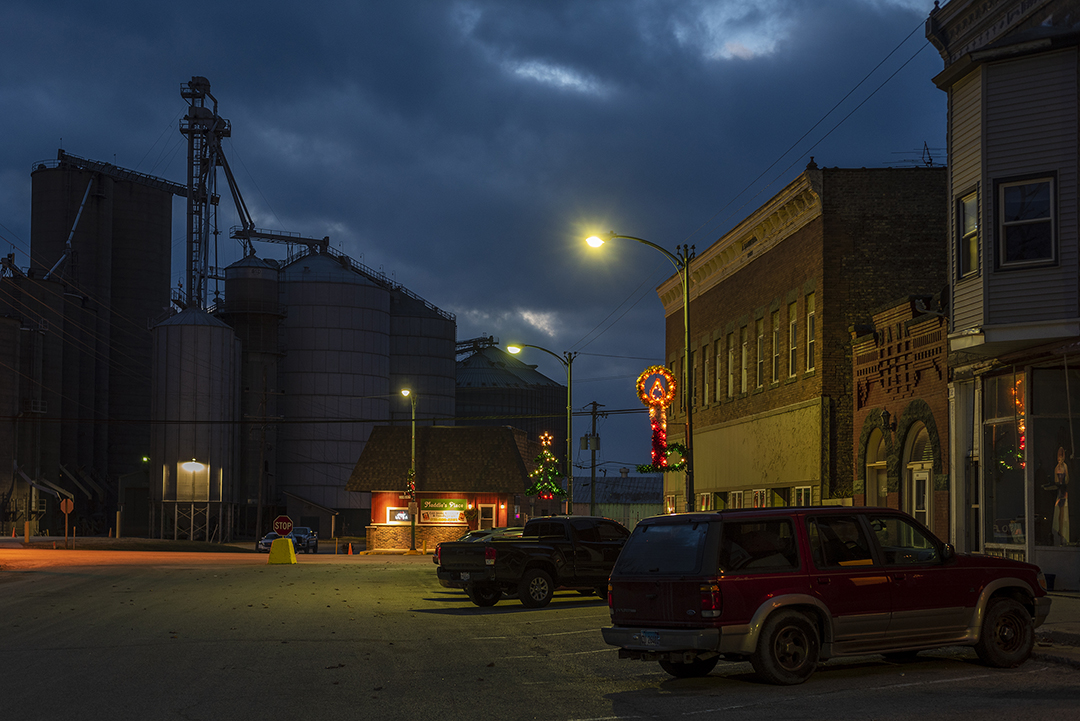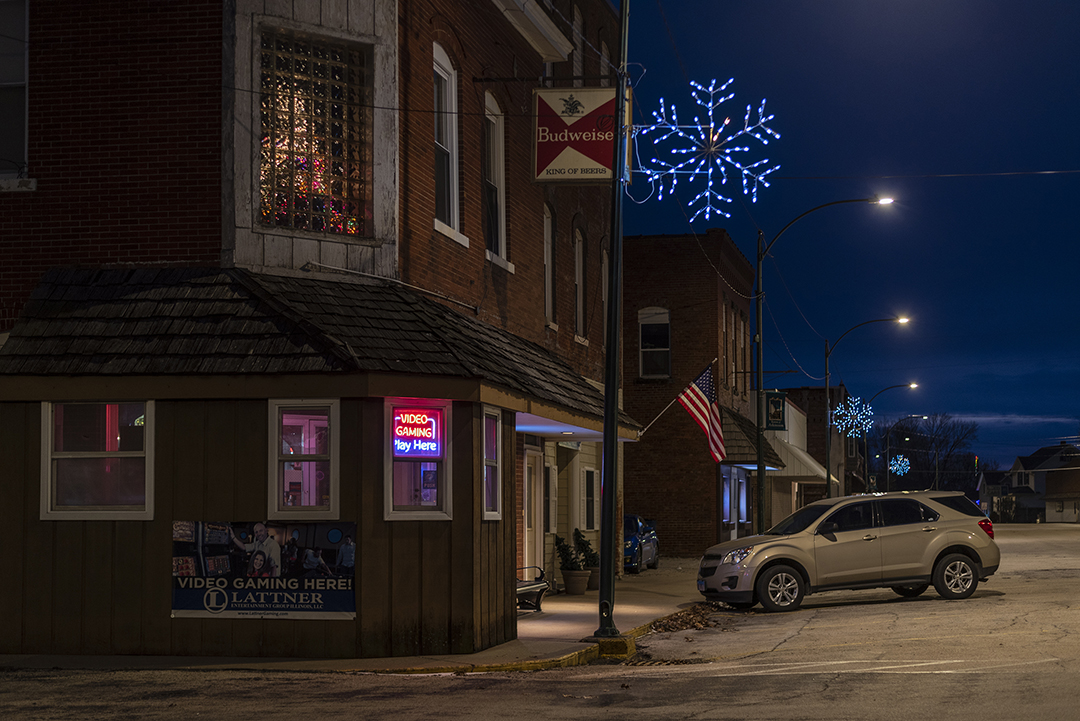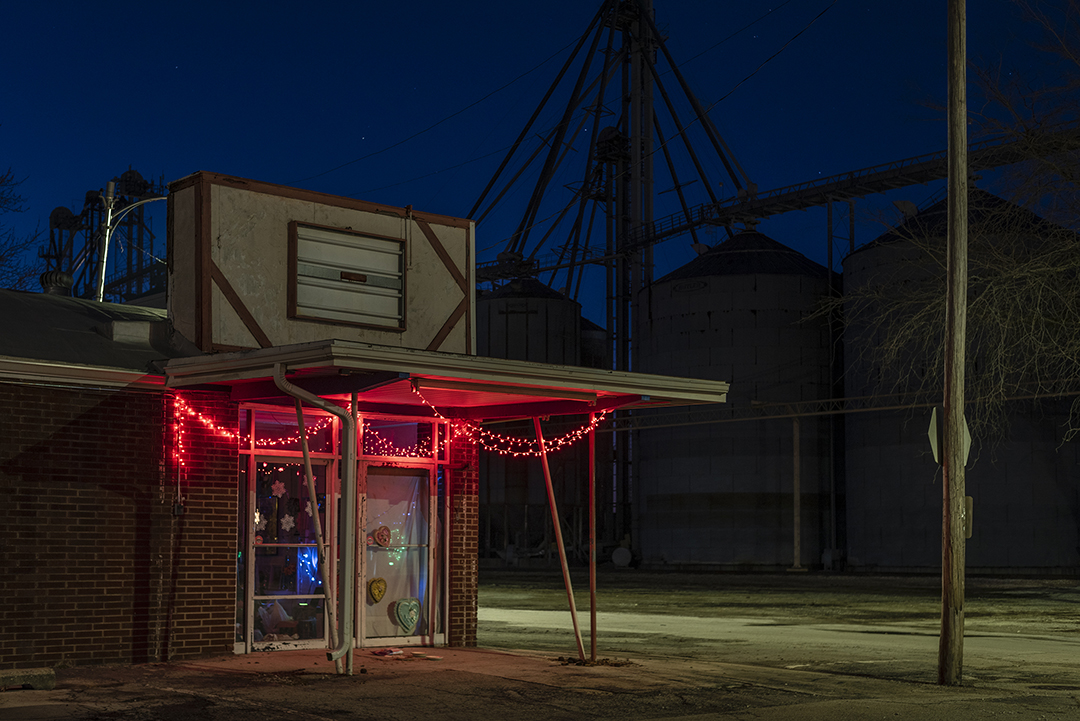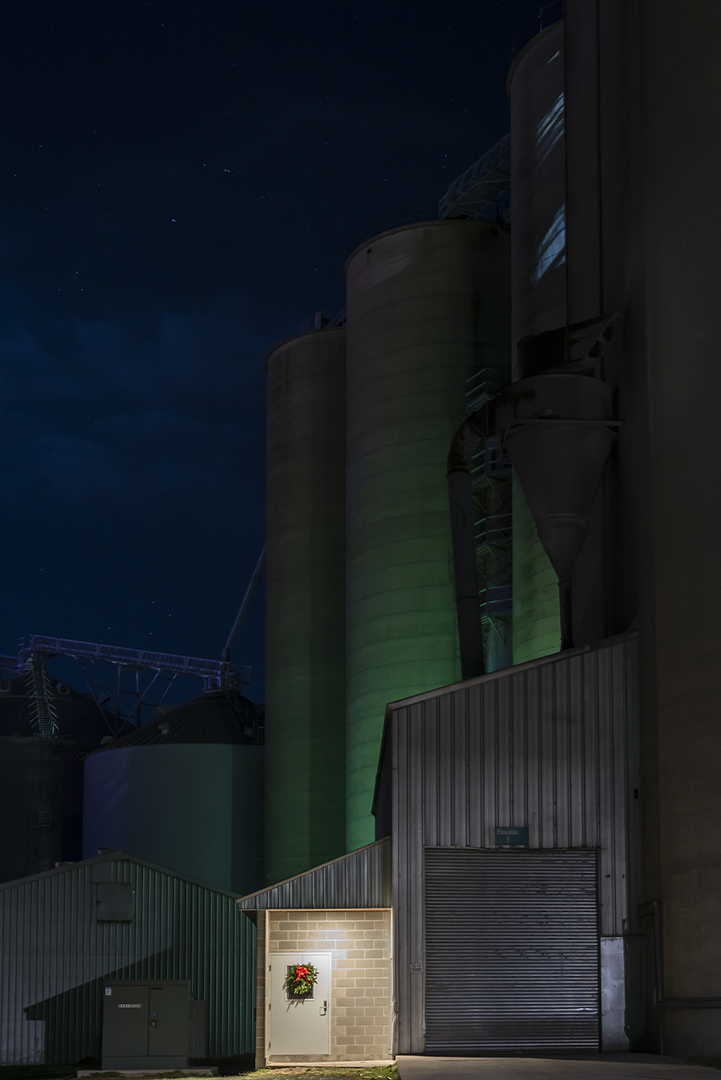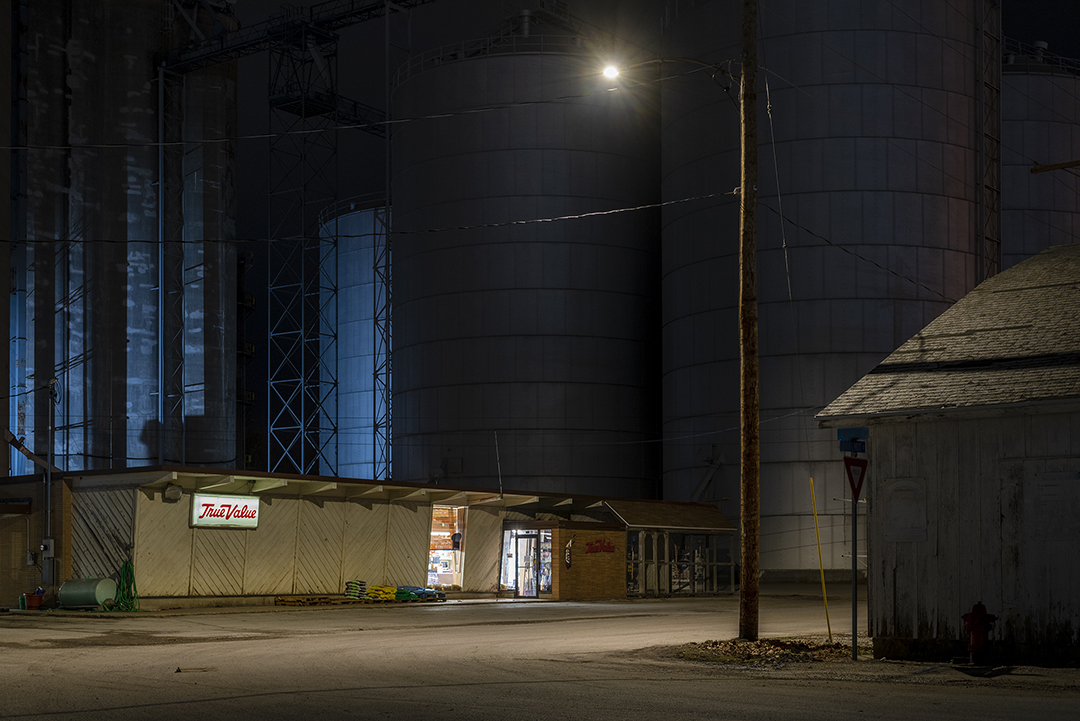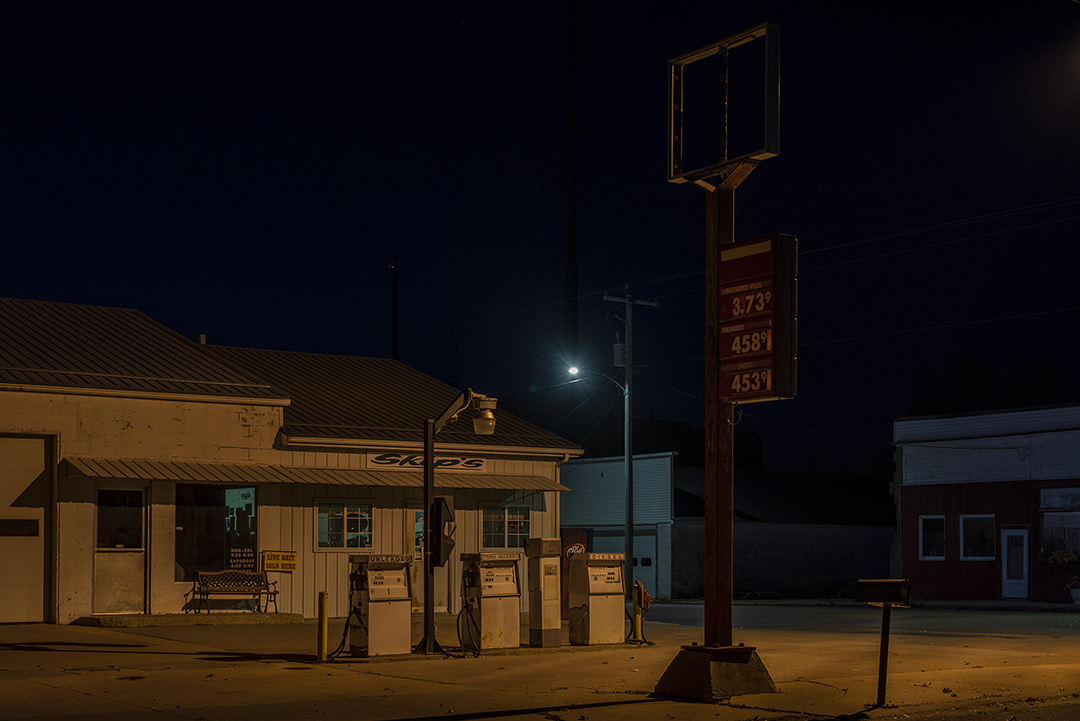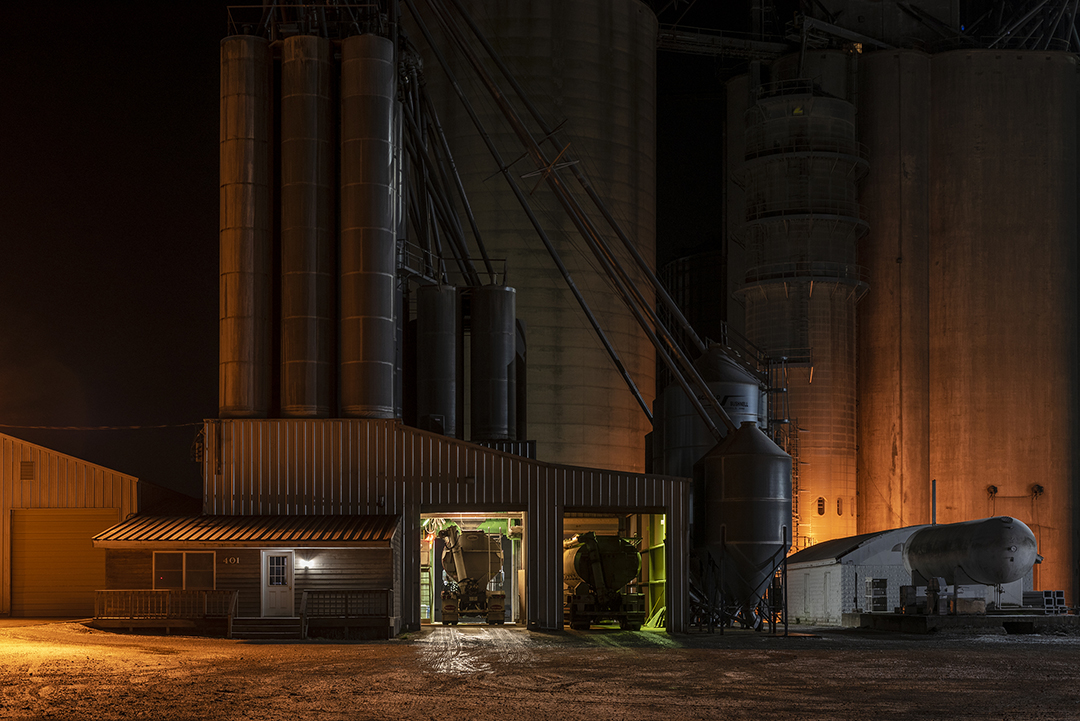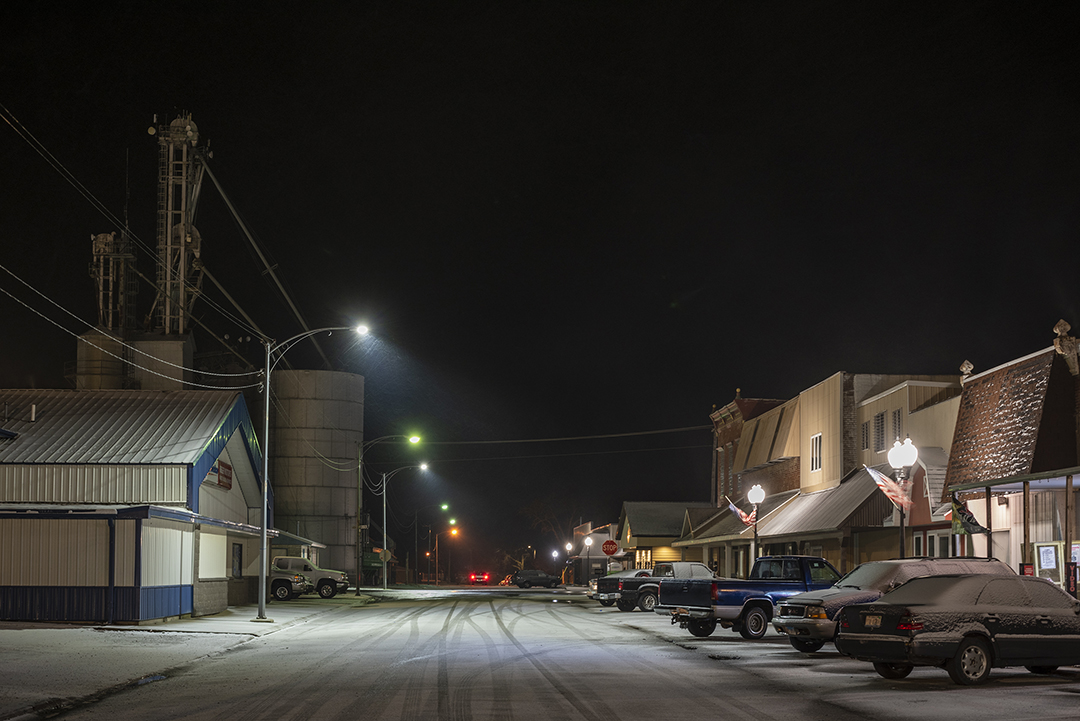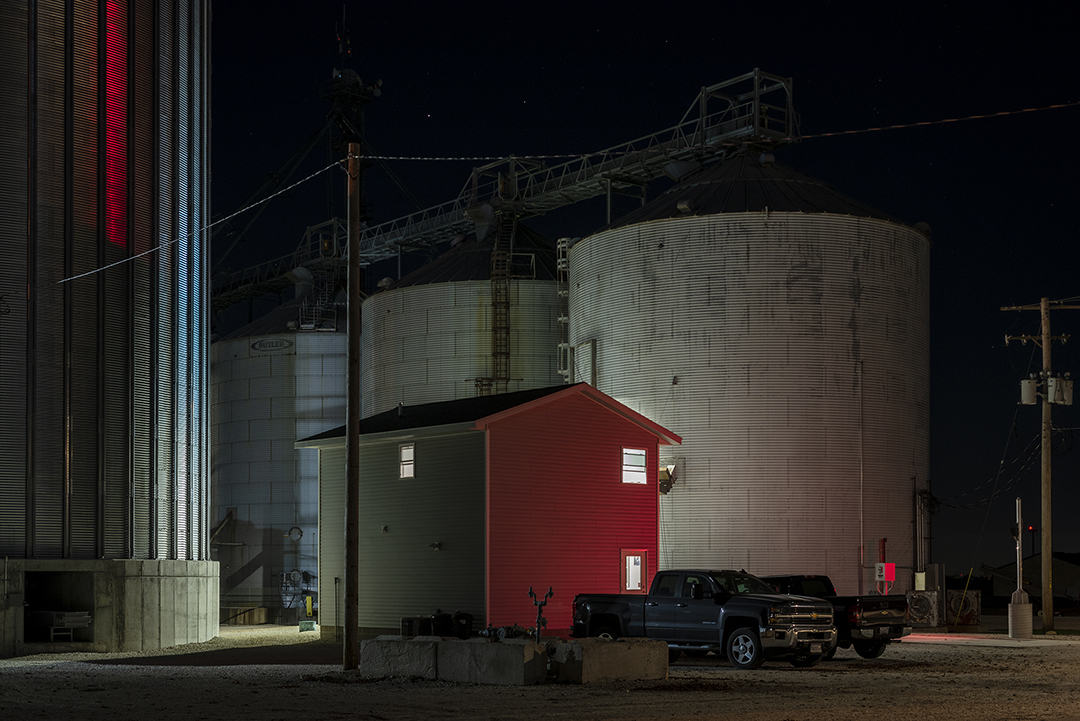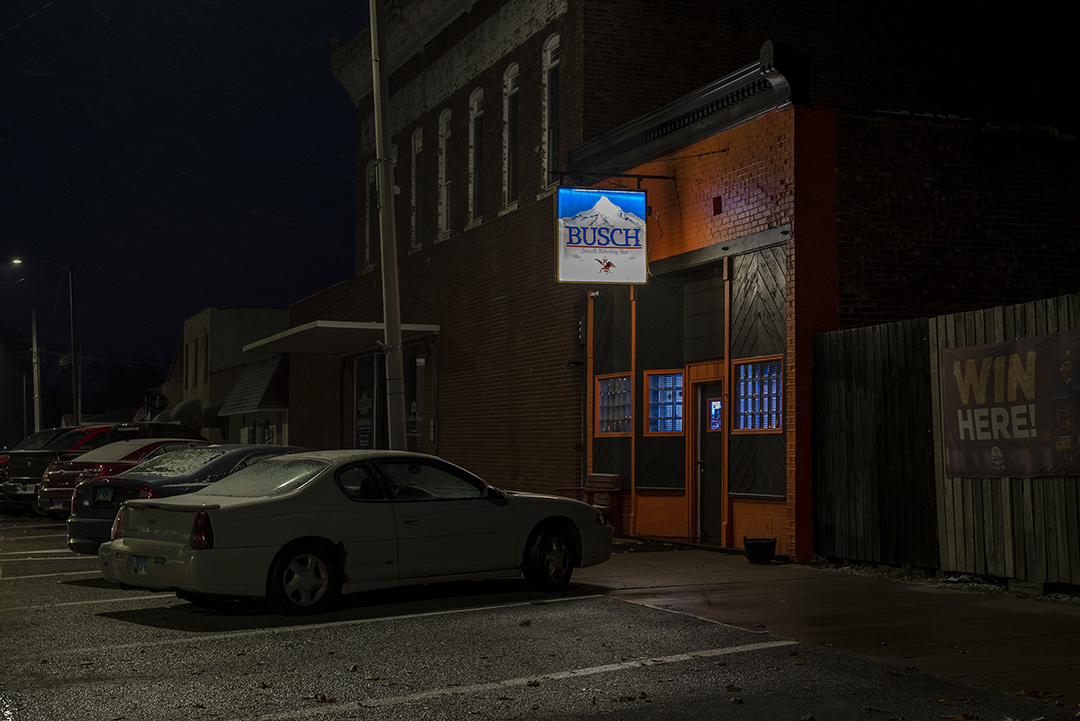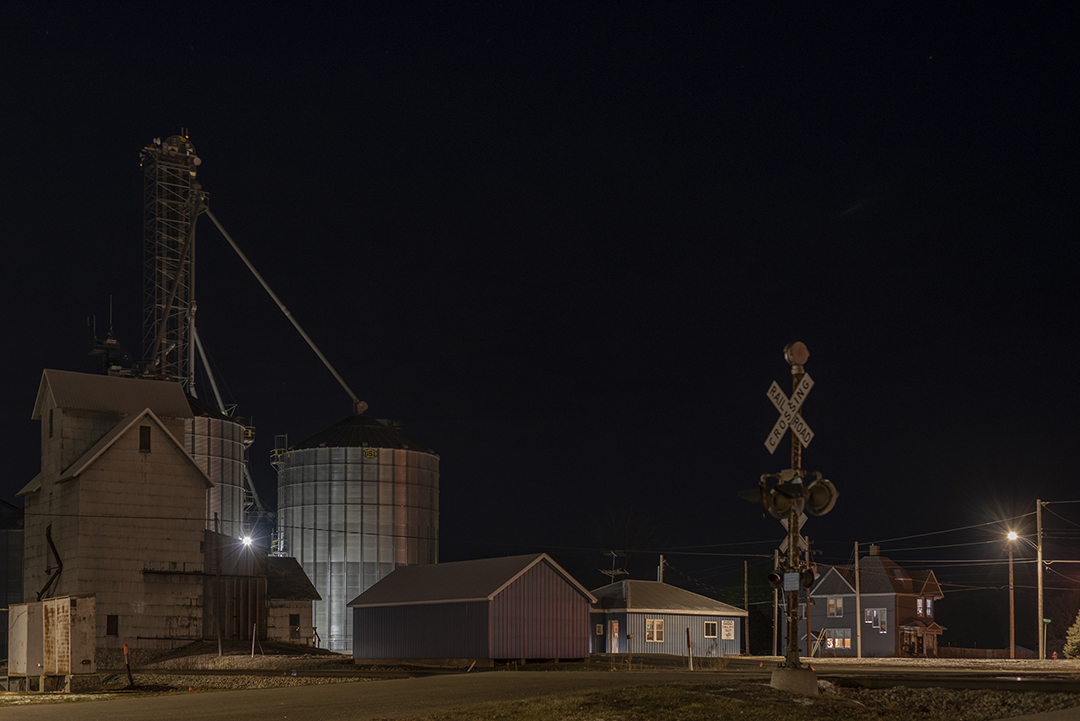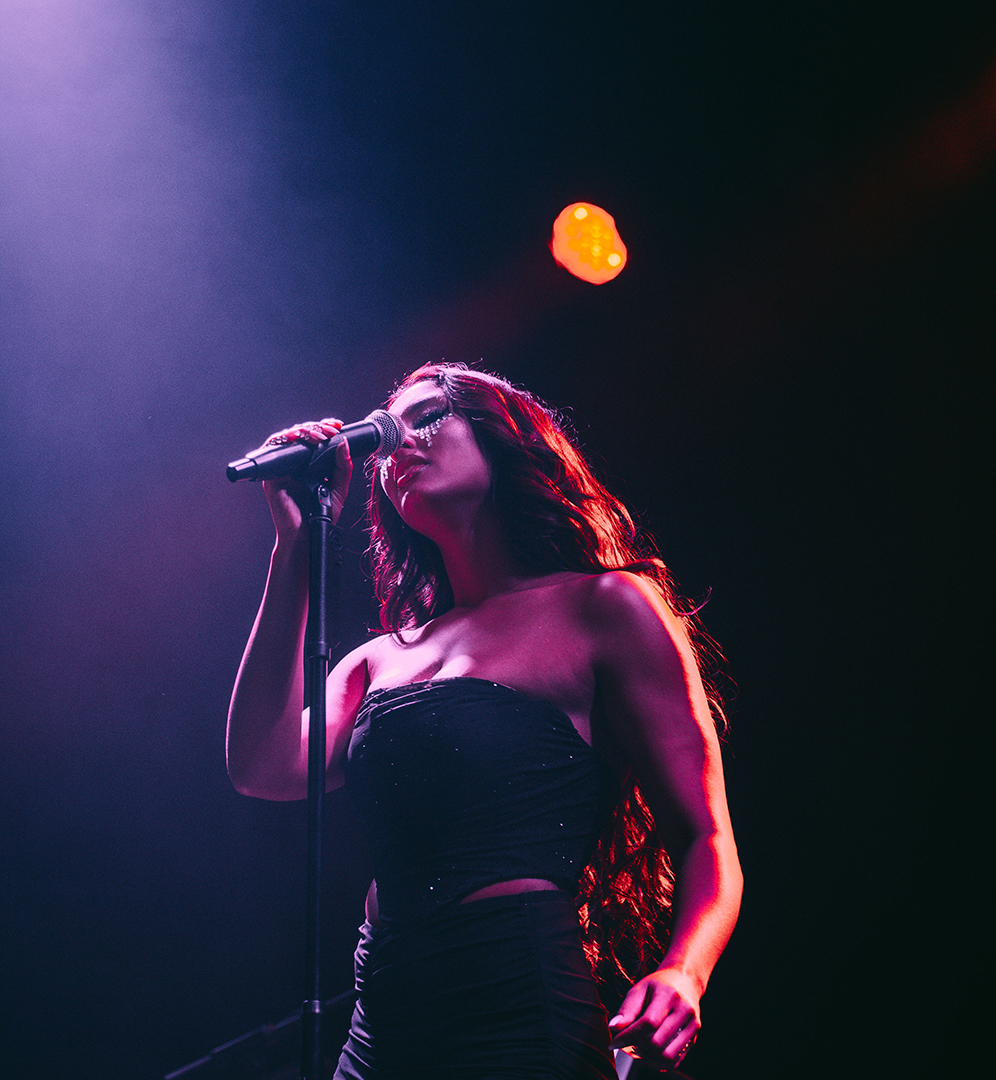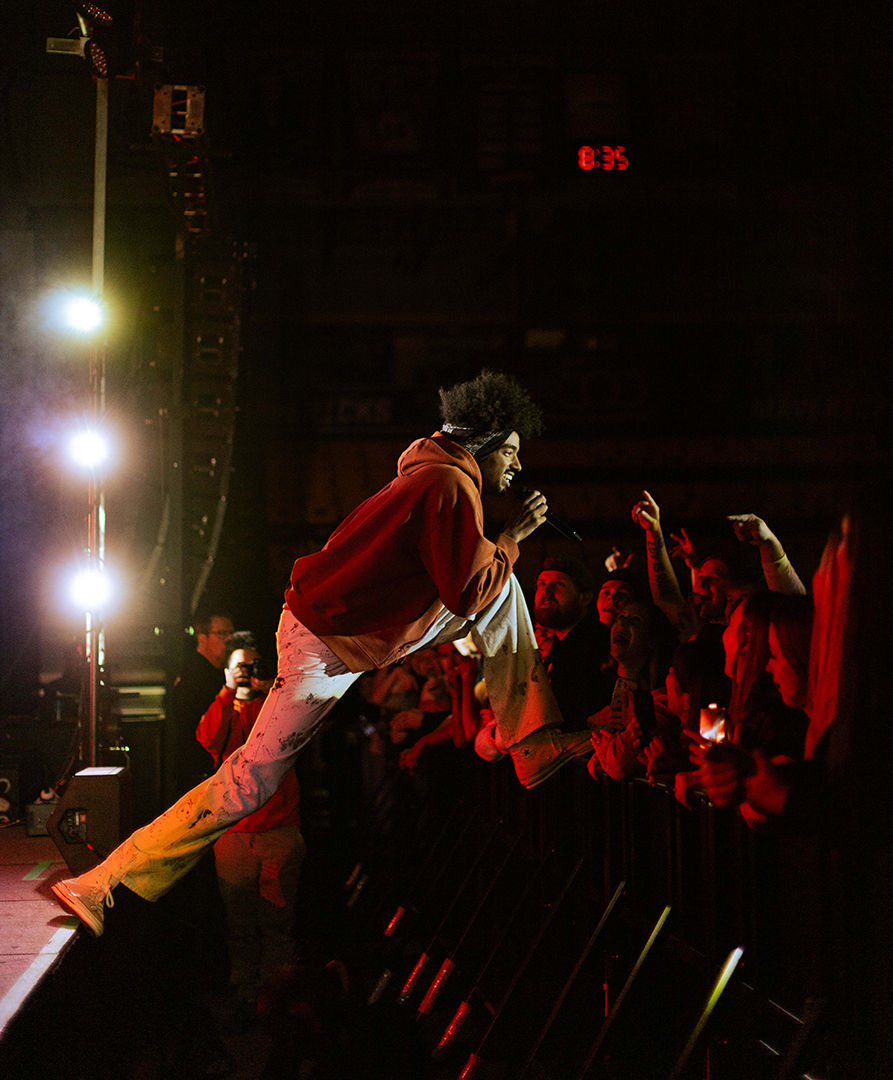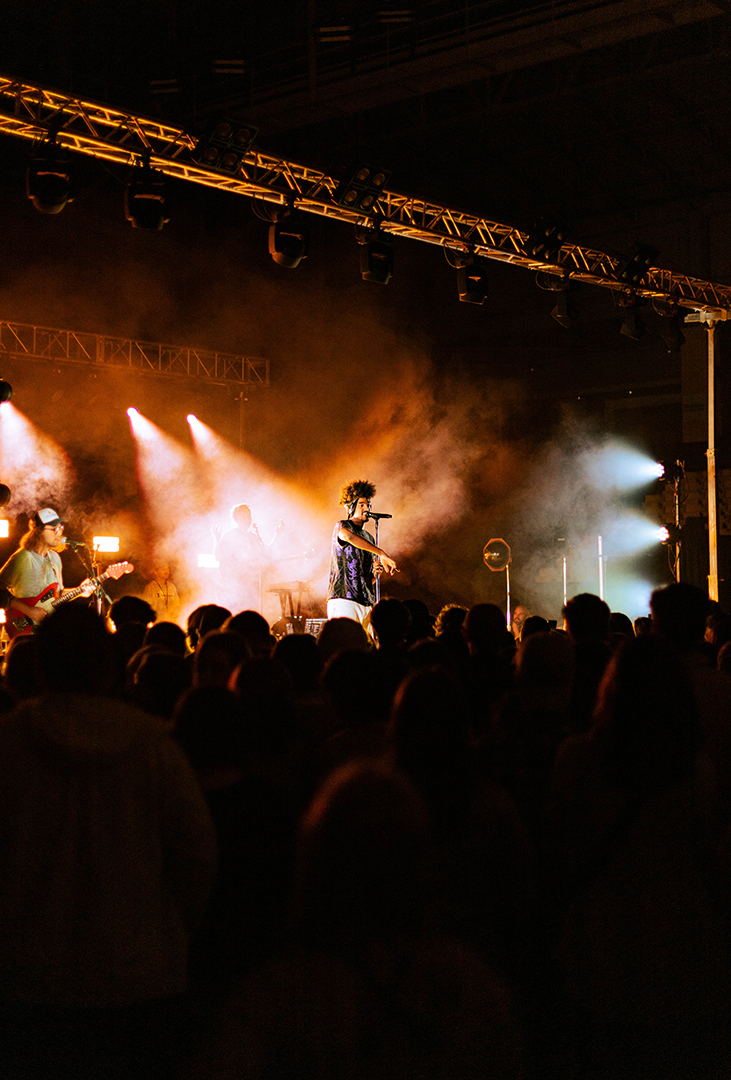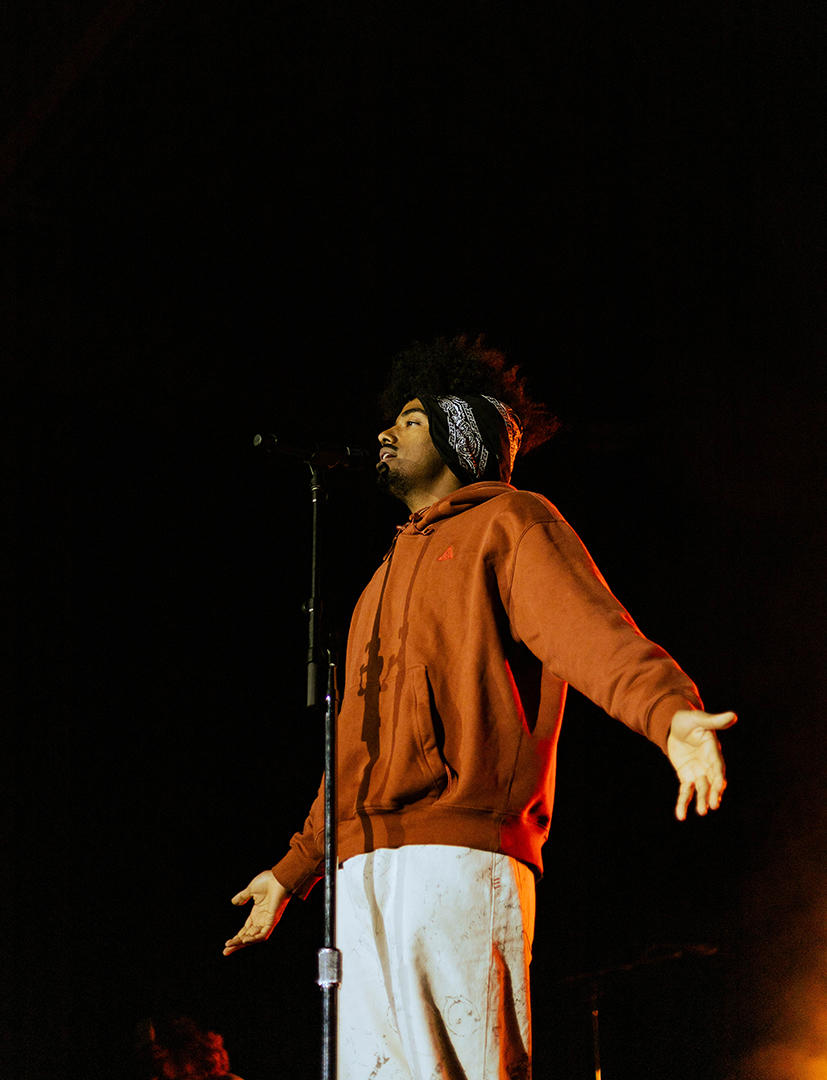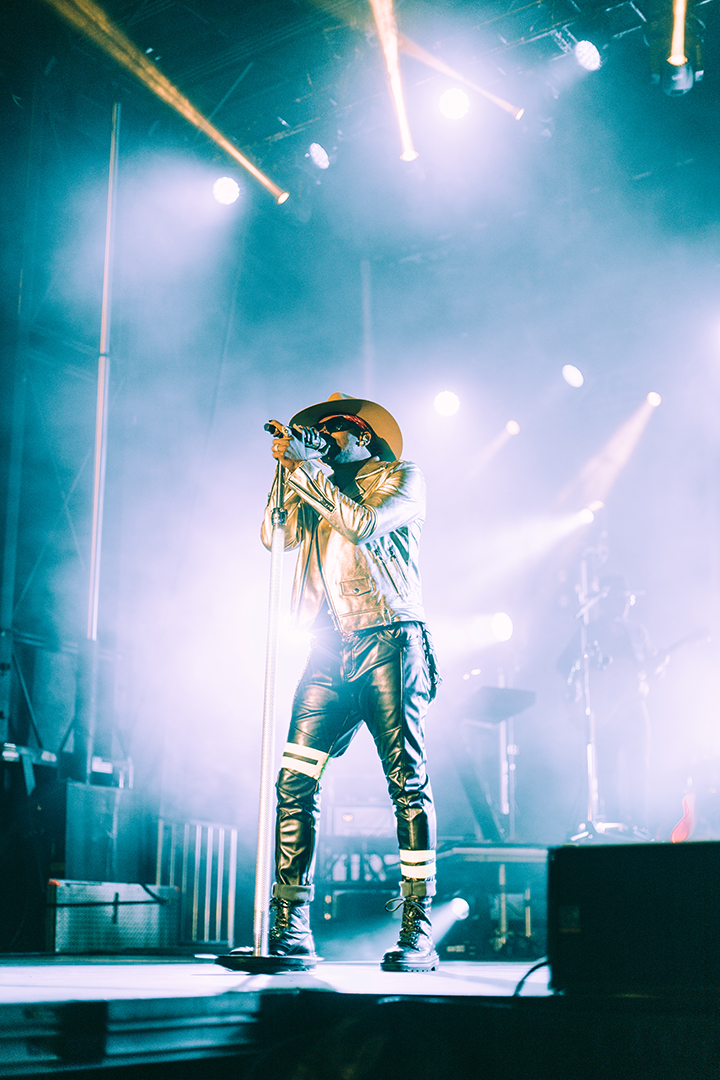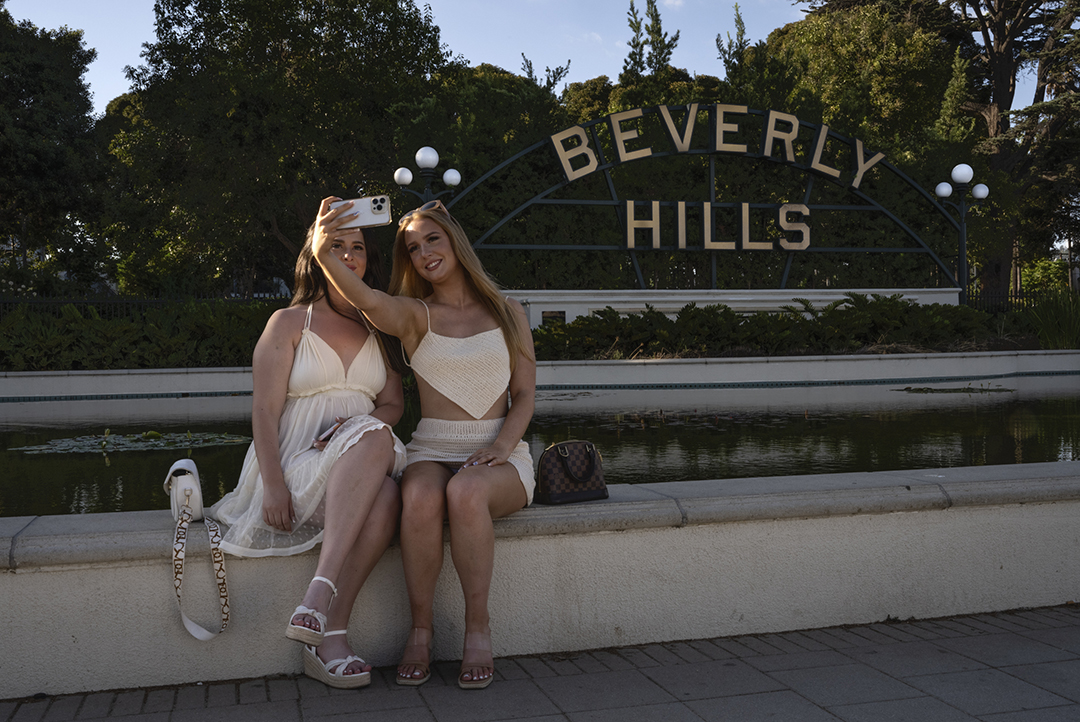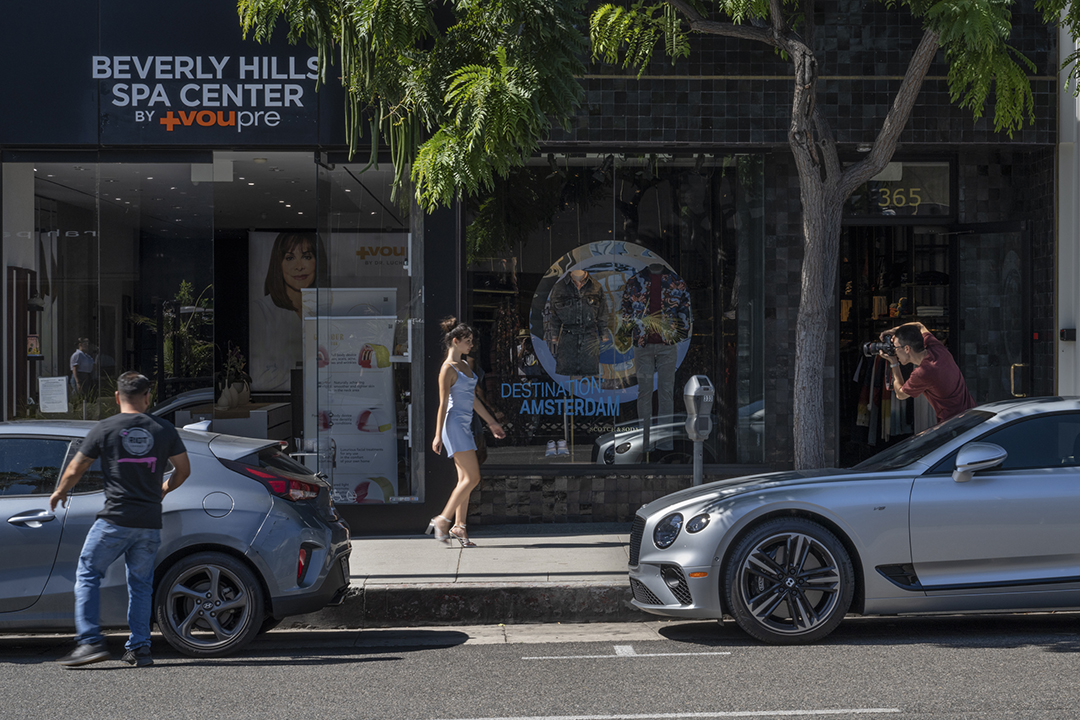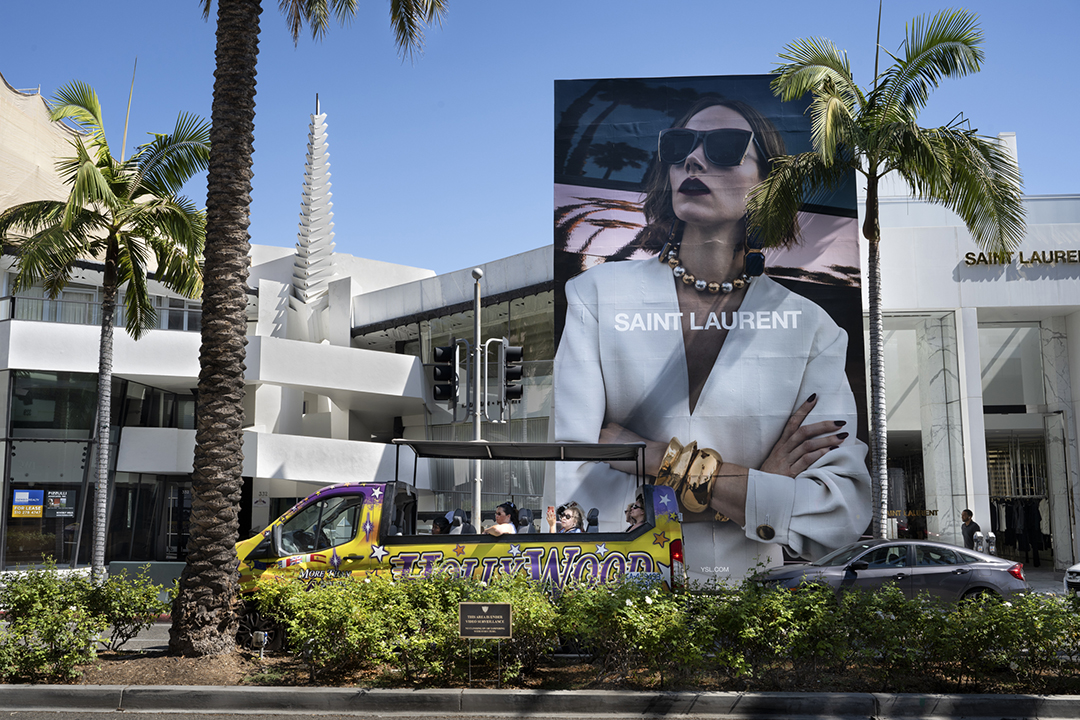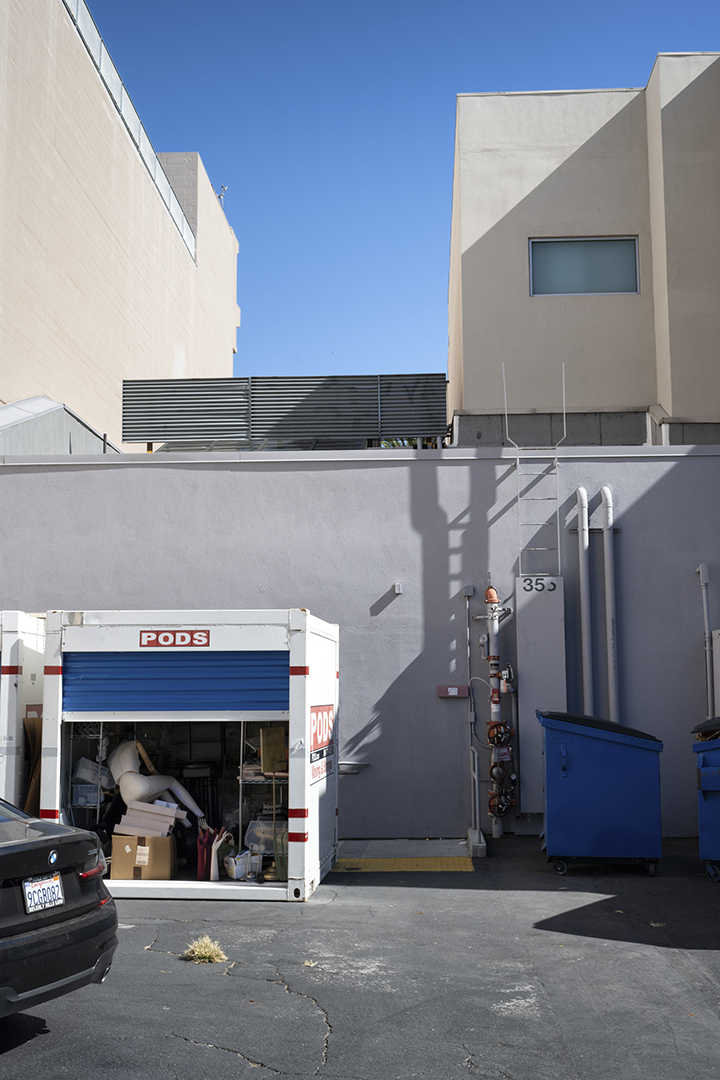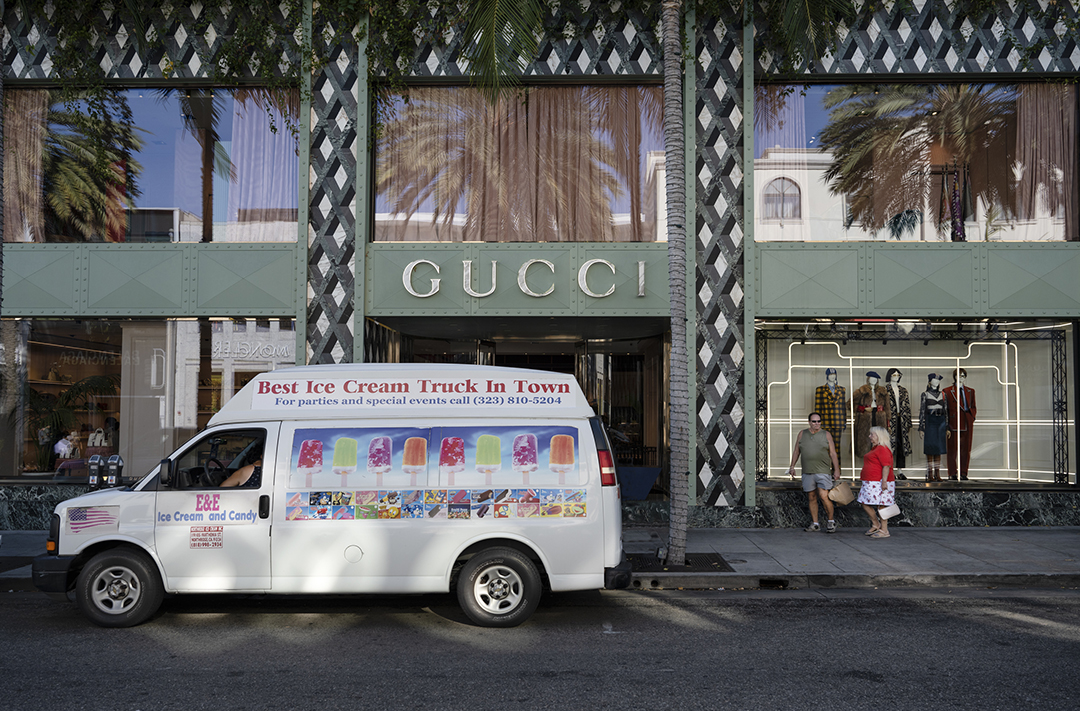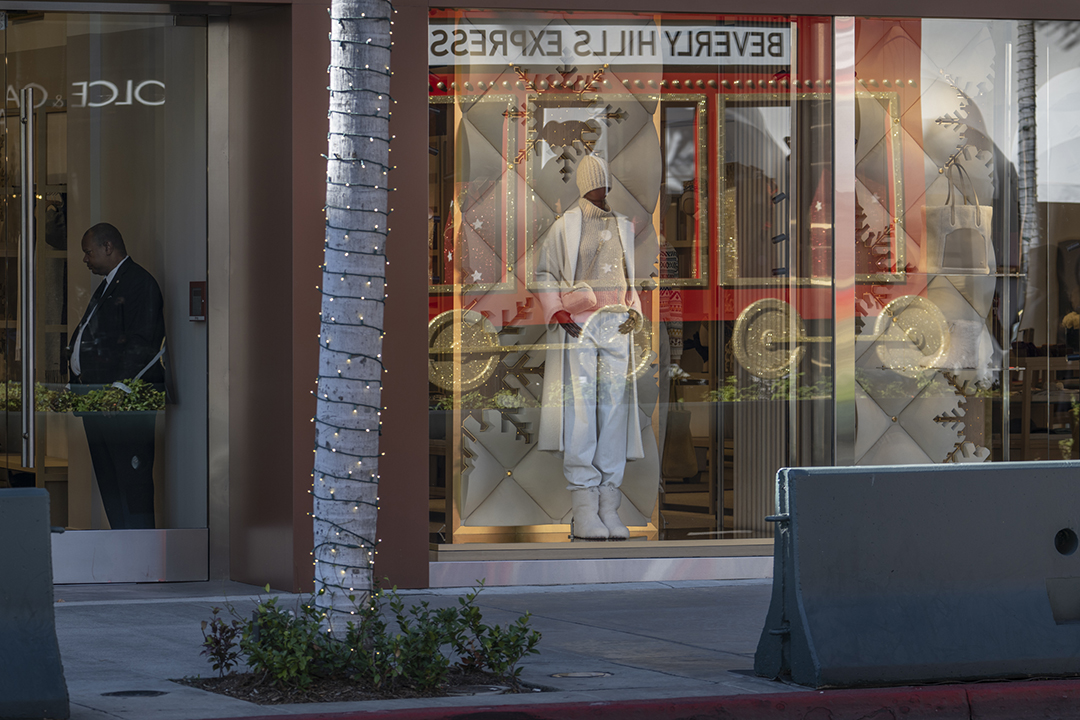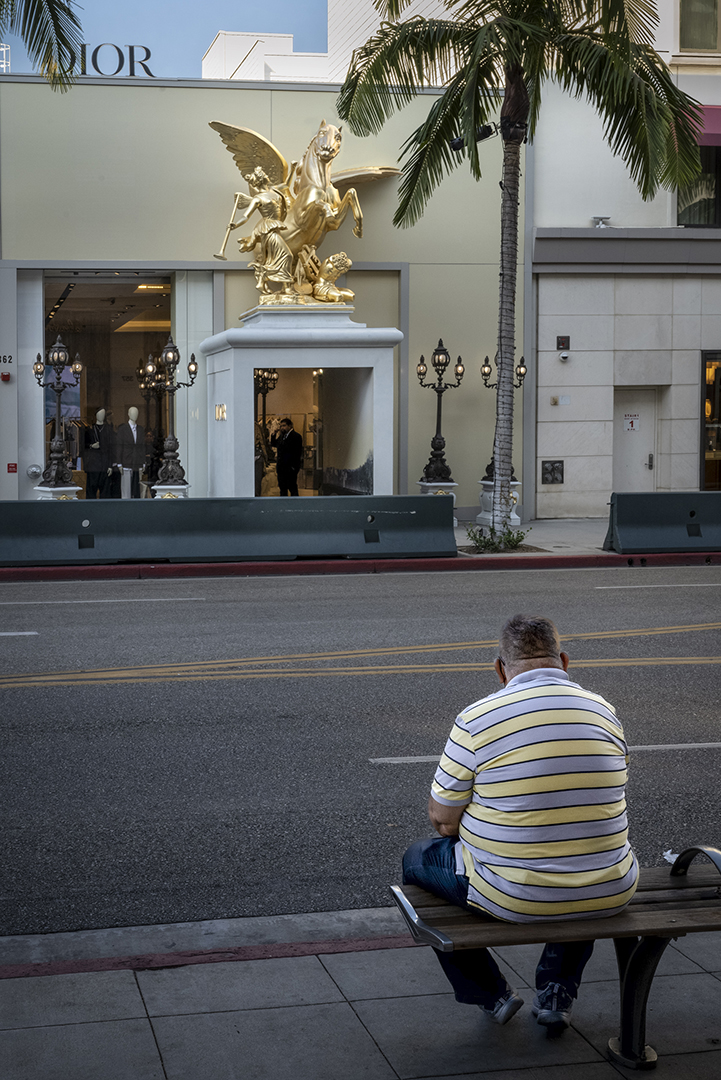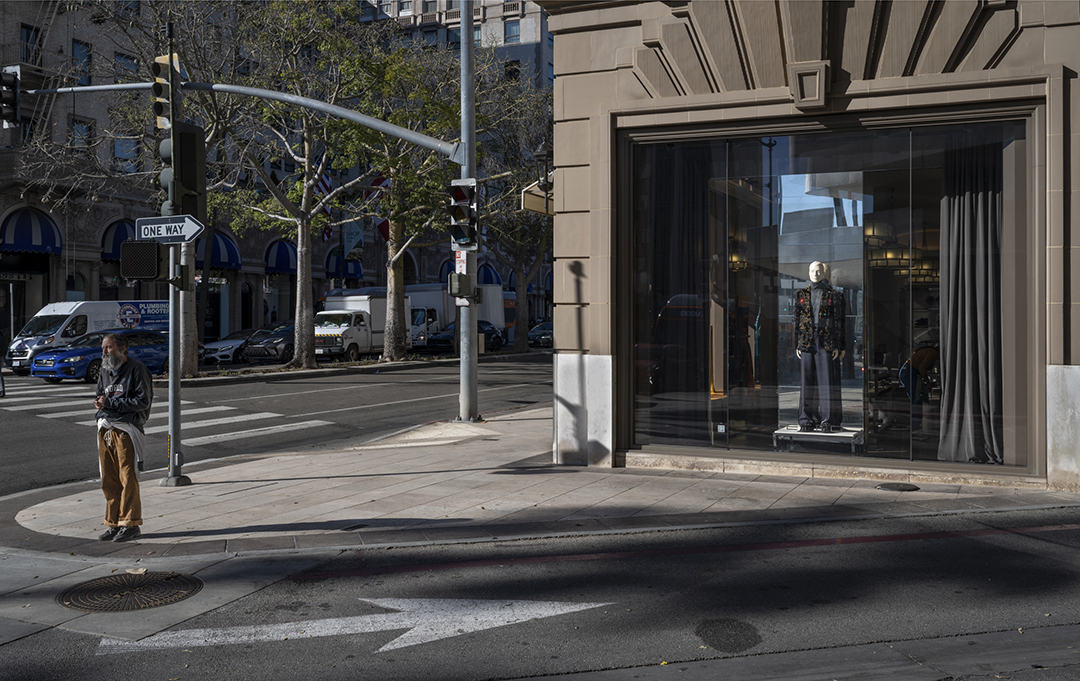Fern Nesson
"Dimensionism"
Some of Fern's most cherished moments have been spent discovering parallel ideas to her own in the writings of those who came before me. When Fern was thinking about the connections between theoretical mathematics and abstract photography, she found an incisive companion in Henri Poincaré, the great early 20th century French mathematician. When translaring the poetry of Baudelaire, George Steiner's, who coined the concept of "mimesis" was right on her wave length. Buddha and Einstein became close friends as she explored the nature of time.
Most of Fern's friends from generations past are well-known. But her most recent discovery of Charles Sirato came as a complete surprise. A Hungarian poet, who in 1936 advocated a paradigm shift in the arts in response to Einstein's theories, was never mentioned in the (hundreds of) books that she has read about 20th century art nor by her mentors in her MFA program in photography. What a shame!
Sirato was born in Budapest in 1905 and moved to Paris in 1930. Apparently, he was quite gregarious. He soon made friends with a circle of artists and poets who were upending the conventions of the 19th Century, among them Calder, Arp, Picabia, Duchamp, DeLaunay, Moholy-Nagy, Miró and Kandinsky.
In 1936, Sirató, wrote "The Dimensionist Manifesto" advocating the incorporation of the 4th dimension -- time -- and non-Euclidean geomoetry into the arts. He argued that —
[P]ioneers of creative art on their way towards completely new realms [must leave] older forms and exhausted essences as prey for less demanding artists! [S]pace and time are not separate categories -- absolutes in opposition to one another -- as was earlier believed and taken for granted, but rather they are related dimensions in the sense of the non-Euclidean conception. By intuiting this fact, or by making it our own through conscious means, all the old borders and barriers of the arts suddenly disappear.
Sirato wrote that the results of this shift would be transformative. Literature [would leave] the line and enter the plane (Apollinaire's Calligrammes); painting would leave the plane and enter space (Cubism, Surrealism); sculpture would open up to movement (Calder's mobiles). Finally, Sirató predicted, a completely new art form, Cosmic Art, would "vaporize sculpture into 'matter-music.' "
Sirato had a ready audience for his Manifesto in his friendship circle. They all signed his remarkable document and continued for decades to produce art that reflected his advocacy. While their art and their fame persists, Sirató has rarely been cited again. As World War II approached, his friends scattered and he returned to Budapest (where he died in 1980.) Post-War, the conversation about art moved on pretty much without him.
Sirató deserves better. Fern Nesson walks in his footsteps. As a photographer of the fourth dimension, Fern seeks to evoke depth and time in her work. Many photographers aim for "the decisive moment" evoking nostalgia for what was and can never be again. Fern is not one of them.
She seeks to embody the moment when mass becomes energy. Like Surató, Einstein informs her work, Fern's photographs move and offer energy to the viewer. She does this because she believes that art alive with energy is our greatest weapon against the paralysis that comes from the fear of death. When we interact with a lving work of art and receive the energy from it, we glimpse immortality. We are "living, not dying. " (Tao Te Ching)
This portfolio is dedicated to Fern's new friend Charles Sirató, a visionary thinker who lived in the fourth dimension.
Fern L. Nesson is a fine art photographer who lives in Cambridge, Massachusetts. She received her MFA in Photography from Maine Media College (2018), a J.D. from Harvard Law School (1971), and a M.A. in American History (Brandeis University 1987).
Fern's spare photographs distill reality to its essence, highlighting its energy through the use of form and abstraction. In the past four years, she has had solo exhibitions in Budapest, Hungary, Torino, Italy, Rockport, Maine, Kingston, Jamaica, Durham, NC, Boston, MA, at Les Rencontres D'Arles, at the MIT Museum Additionally, her work has been selected for numerous juried exhibitions in the U.S., Barcelona, Rome and Budapest. She will have a solo show at the Griffin Museum of Photography in Boston this spring.
Fern's photobooks, Signet of Eternity and WORD received the 10th and the 12th Annual Photobooks Award from the Davis-Orton Gallery. She is represented in New England by the Beacon Gallery.
Prints in the portfolio are inkjet prints.
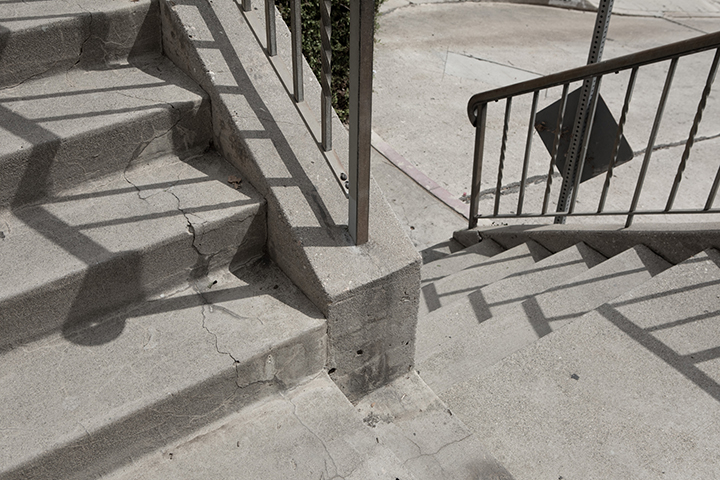
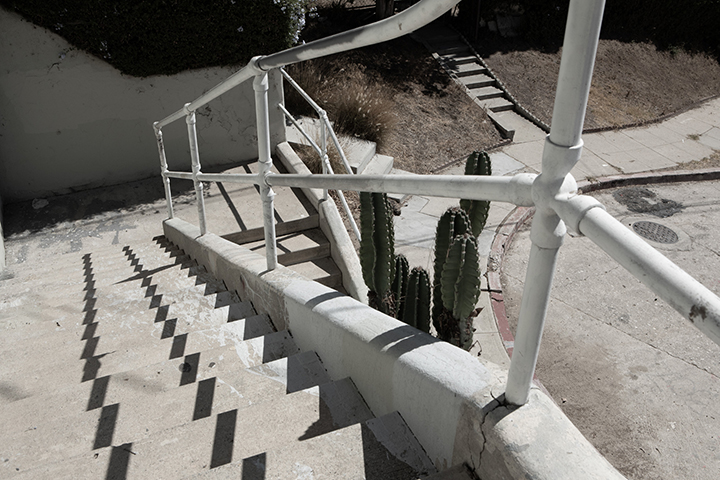
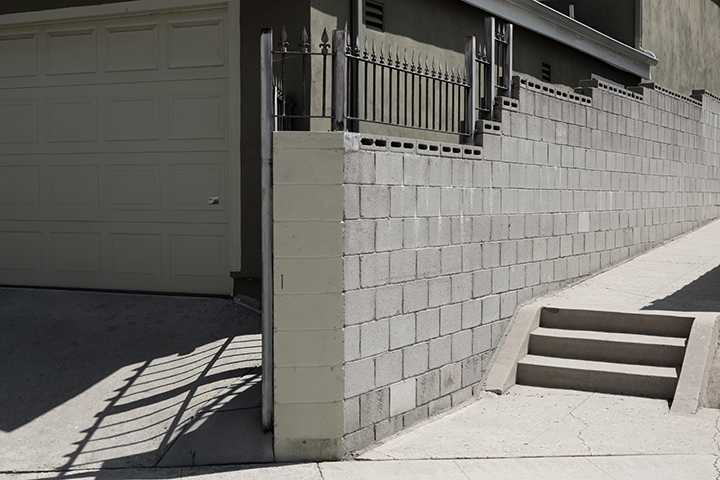
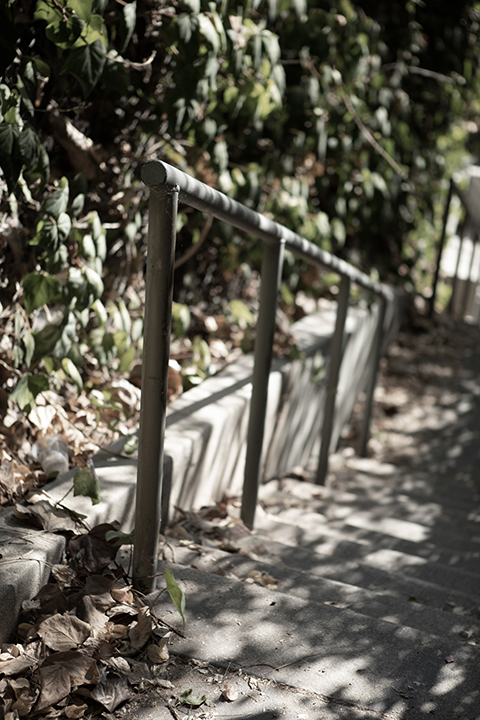
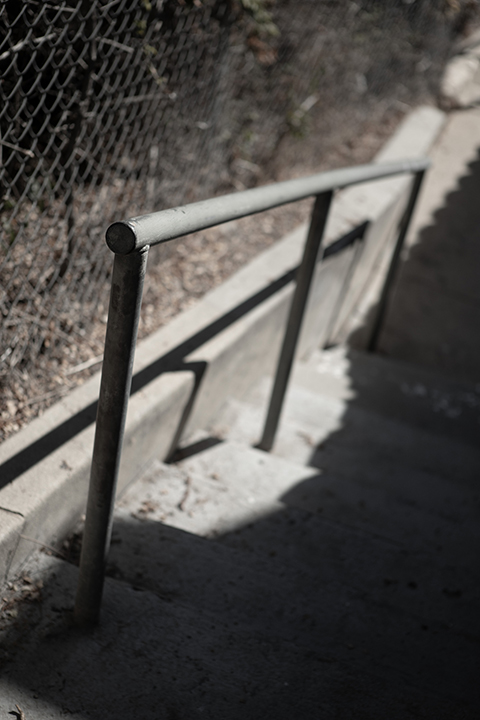
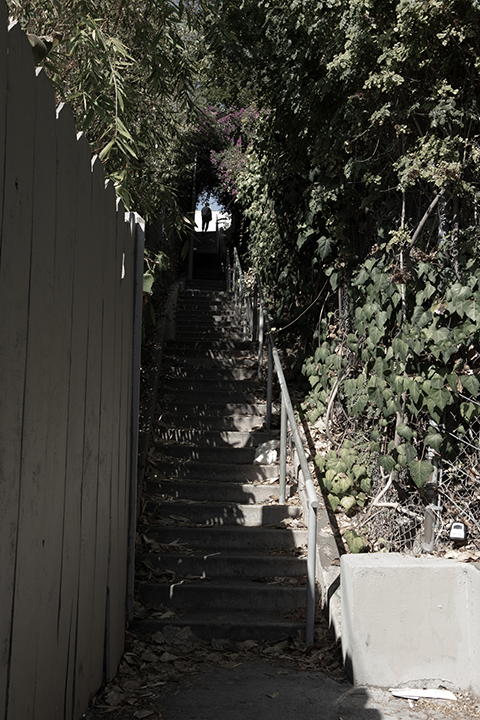

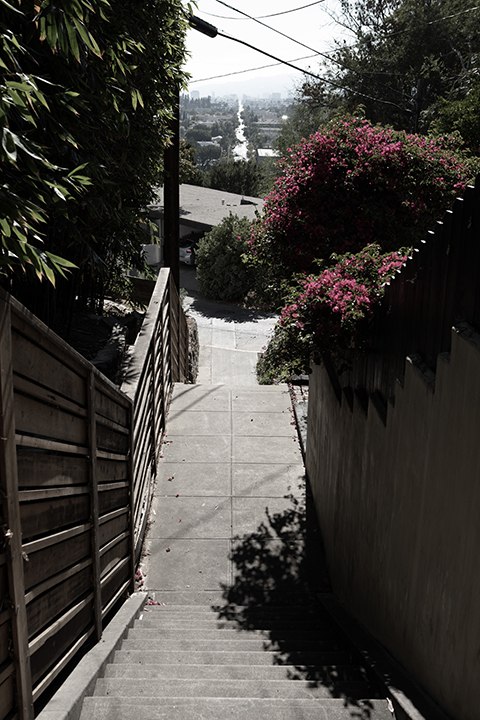
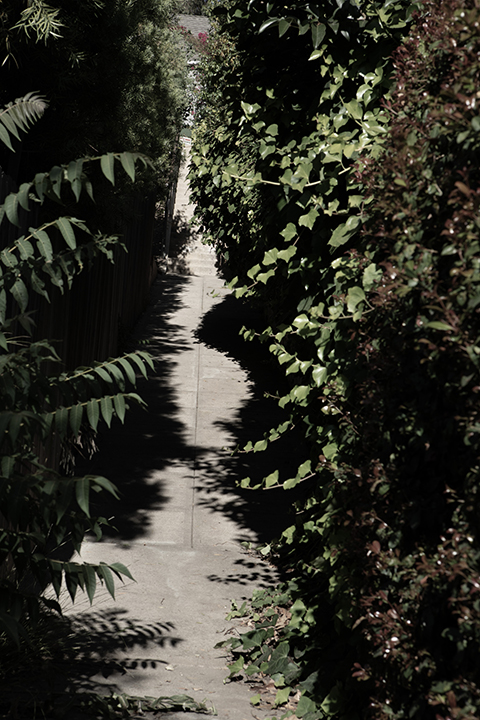
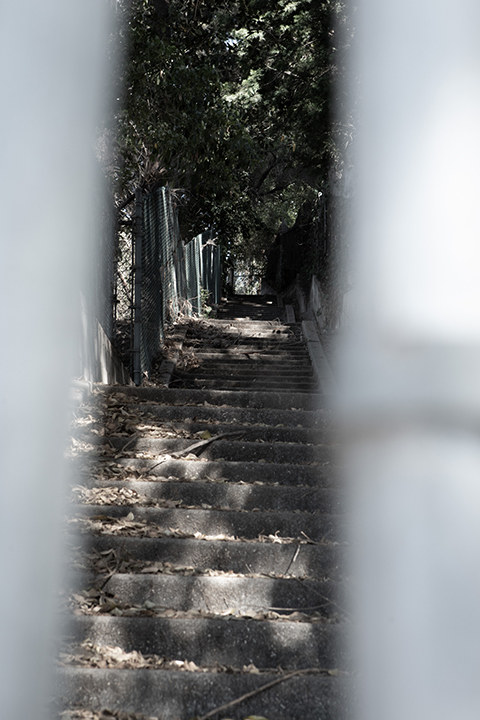
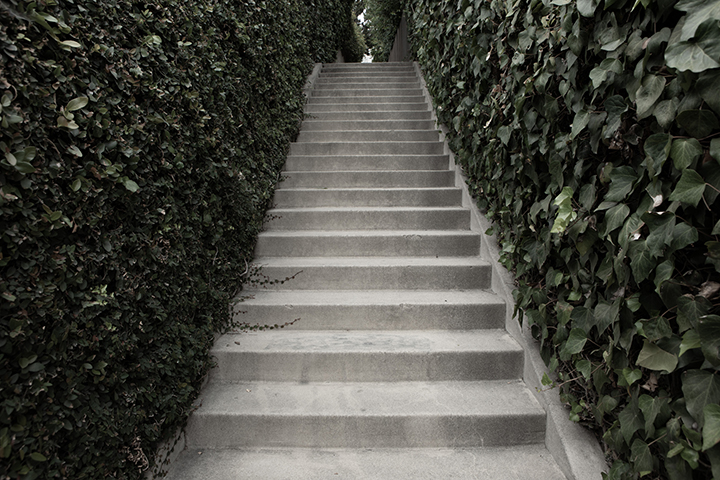
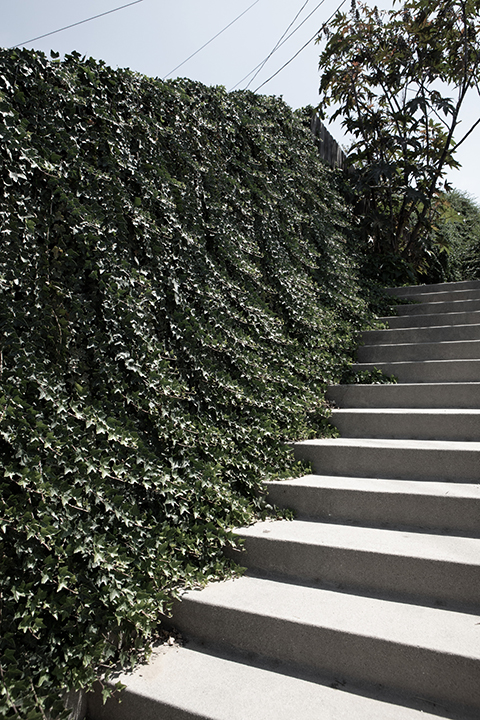
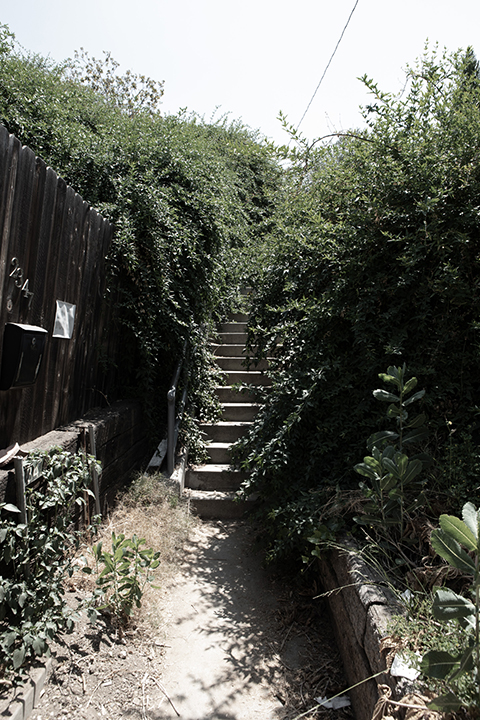
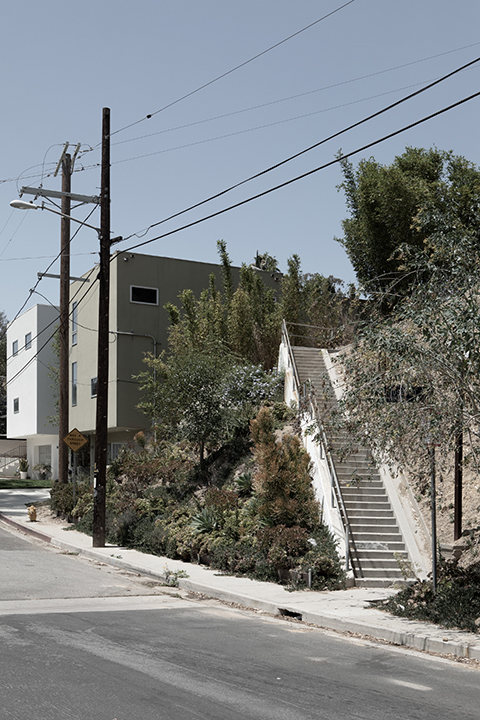
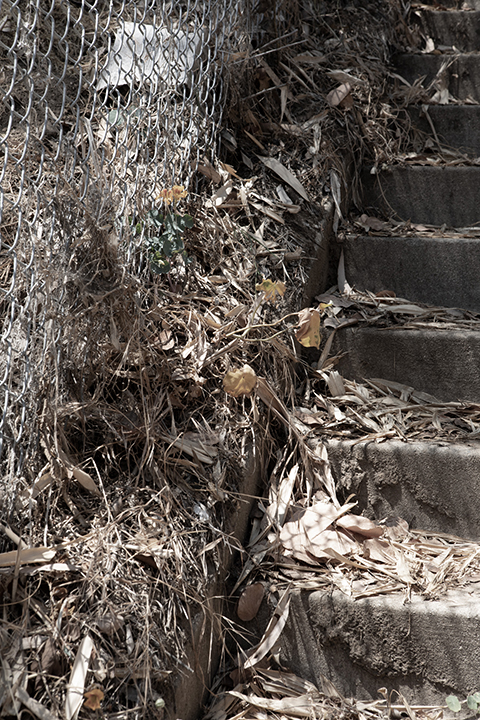
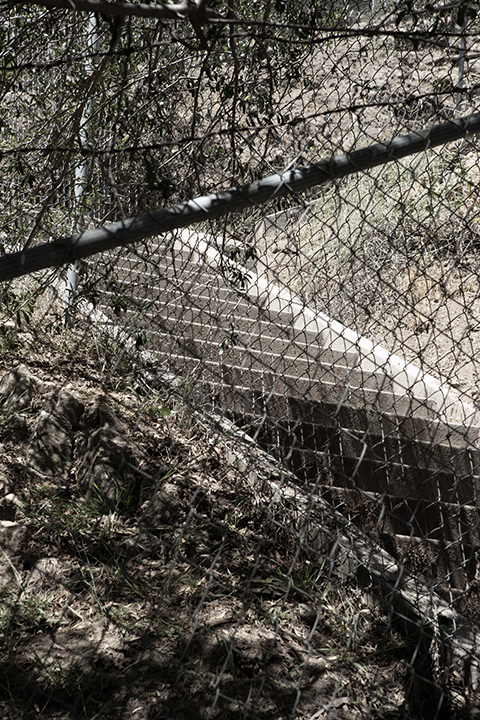
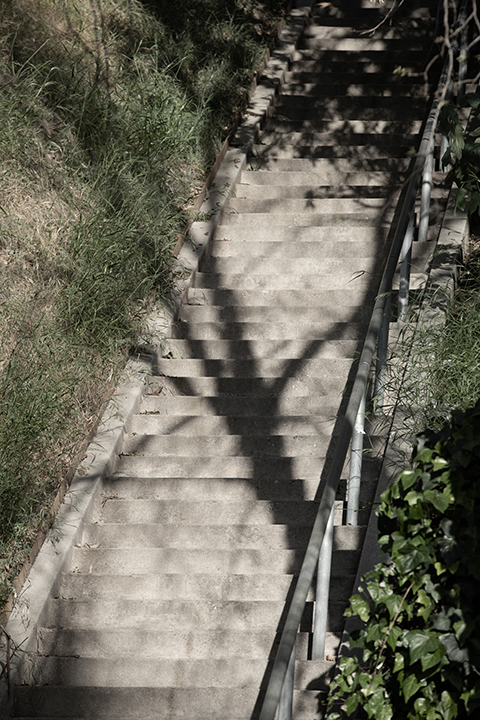
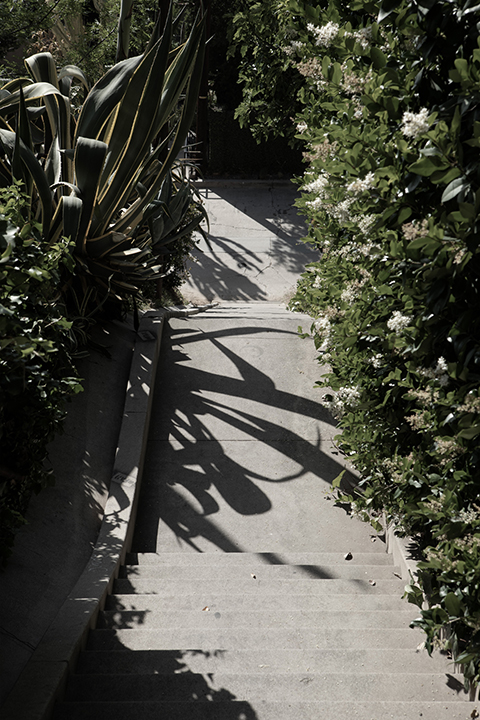
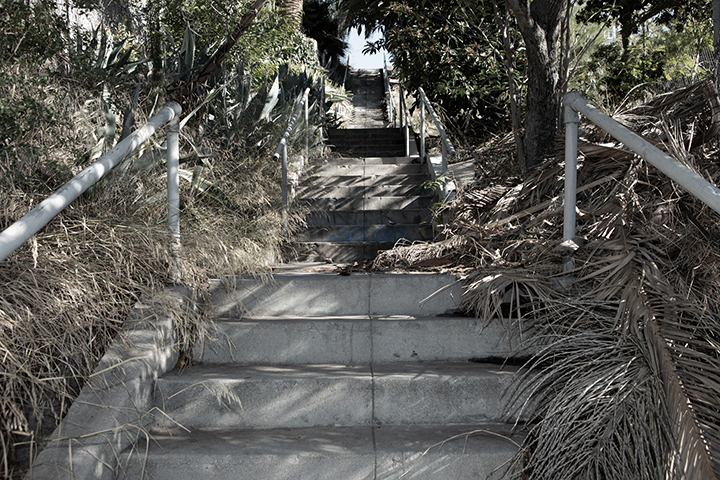
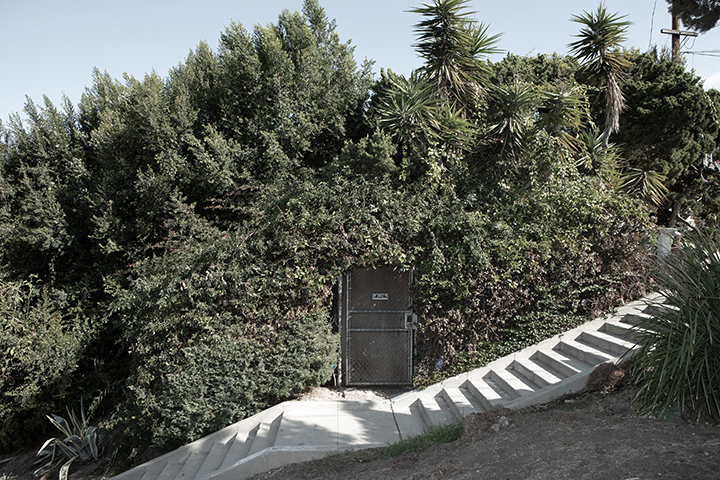
Douglas Hill
"Muted Stares"
So much of Douglas Hill's work has been dedicated to finding a way to define environments and the structures and objects that occupy them. This has often meant suppressing his personal point of view in favor of an apparently objective one, the traditional role of the documentarian. This is a false premise at best. Every decision that goes into making even the most clinical photographic rendering of a building, for instance, requires that subjective decisions be made. Angle of view, camera height, what's included in the frame, time of day and time of year, which determine the angle of sun, weather conditions, and so forth all go into determining what a photograph will look like. Less tangible, though, are the frame of mind of the photographer at the time of exposure, and their emotional responses to what they're confronted with. With the series Muted Stares, Douglas has attempted to acknowledge what it felt like to be in these very specific places. By working in this manner he has come much closer to experiencing what drew him to the medium in the first place, leaving himself vulnerable to the anticipation of not knowing what lies beyond the next step of the staircase or turn of the path: the uncertainty of the outcome each time the shutter is released.
In the 1920's a network of concrete staircases were built into the myriad hillsides of the Los Angeles district of Silver Lake and Echo Park during their development as residential neighborhoods. All but a couple of the staircases are still accessible to the public around the clock as they were originally intended. Douglas lived amidst these staircases for over 40 years, and yet has only had a marginal awareness of the extent of their existence for most of that time. When the pandemic descended upon all of us in 2020, like many, his daily routines shifted dramatically. When it was clear he'd go stir-crazy without getting more exercise he resolved to walk more. A lot more. There are some 70 or so staircases within a two mile radius of his house ranging from a few steps to hundreds in some cases. The one with which he's the most familiar is seven houses from his front door and is 111 steps punctuated by four landings.
Douglas Hill was born to Canadian parents in London, England in 1950. At the age of five he moved to New York where he lived until going to Los Angeles in 1968 where he still resides. He attainded U.S. citizenship in 1990.
Hill began making photographs in 1969. His work has been shown at The Gilb Museum, Arcadia, CA; Midwest Center for Photography, Wichita, KS; PH21 Gallery, Budapest, Hungary; Berlin Blue Gallery, Berlin, Germany; G. Ray Hawkins Gallery, Santa Monica; The International Center for Photography, New York; Kunsthaus, Zurich; Friends of Photography, Carmel, CA; Kunstgewerbe Museum, Zurich, Germany; Prairie State College, Chicago, IL; The Photography Place, Philadelphia, PA; Craig Krull Gallery, Santa Monica, CA; The Huntington, San Marino, CA. Publications include This Side of Paradise: Body & Landscape in Los Angeles Photography; Looking at Los Angeles; American Photo; Camera; 24 Hours in the Life of Los Angeles; The New Color.
His work is included in the collections of the Huntington, The Library of Congress, Center for Creative Photography, Center for Motion Picture Studies, Amon Carter Museum and participated in The Los Angeles Documentary Project commemorating the bicentennial of Los Angeles, funded by the National Endowment for the Arts.
Prints in the portfolio are inkjet prints, 11" X 17", 2022, $350 each.
FEATURE DATES - MAY - OCTOBER, 2023
Highly talented photographers are featured here for the 2023 issue of Portfolio Platform. Portfolio Platform provides the focus of a streamlined online presence providing the opportunity for photographers to showcase a portfolio of photographic work prominently. The portfolios are available for patrons of the gallery to view online, learn about the photographers and their work through the images and biographies and artist statements, and have the opportunity to purchase photographs.
PORTFOLIO PLATFORM - 2023
FEATURED ARTISTS:
Patricia Christakos, Cazenovia, NY;
Dan Gemkow, Chicago, IL;
Sharisse Grannan, Lake Geneva, WI;
Douglas Hill, Los Angeles, CA;
Jim Hill, Riverside, IL;
Dylan Long, Minneapolis, MN;
Fern Nesson, Cambridge, MA;
Lev Spiro, Beverly Hills, CA.
Lev Spiro
Lev L. Spiro is a photographer and filmmaker whose fine art photography tries to convey the sense of mystery, awe and wonder he finds in the natural world. A longtime lover of travel, street photography and landscapes, Lev has recently turned his attention to the more intimate landscape of this gardens. He has studied extensively with photographers Susan Burnstine and Eddie Soloway, as well as Aline Smithson and Maggie Taylor. Images from his series "Fugitive Light" and "Night Creatures" have been chosen for multiple group exhibitions from September 2020 through present, such as the Member's Group Exhibition at the Center for Photographic Art in Carmel, CA, The Peer Show at the Cleveland Print Room, and Bloom here at the Midwest Center for Photography, as well as being featured in Art Ascent Magazine as their selected Gold Artist in the June "Gardens" issue.
Lev is also known for his work directing over 165 television episodes, pilots and features, including Emmy-award winning series such as Orange is the New Black, Modern Family, Weeds and Arrested Development. His films "Minutemen" and "Wizards of Waverly Place The Movie" won a Director's Guild nomination for Outstanding Directorial Achievement, and the Emmy Award for Outstanding Children's Program, respectively.
Lev lives in Los Angeles, California with his wife, writer/producer Melissa Rosenberg and their two dogs T. Beau and Luna, who often accompany him and make helpful suggestions as he makes images. You can see more work from the series "Night Creatures" at his website: www.levlspiro.com
All images in the portfolio are Archival Pigment Inks on Canson Platine Fibre Rag Paper, 17" X 22", $750 each, editions of 10.
Jim Hill
"Small Places"
This work is from Jim's current ongoing series Small Places. Small Places is intended to provide a visual connection to the US agricultural heartland in the hopes of fostering understanding and appreciation for life in the midwest’s small towns. He feels the urban population of the US is increasingly out of touch with life in the rural agricultural areas of the country. Jim lived in a small town in Wisconsin dairy county for a number of years. He still feels a deep respect and connection with the people in small agricultural communities. The feeling of community in small towns, where people know each other well, perhaps too well at times, is unique in his experience. While feeling a connection to the community, there is also a contradictory feeling of isolation. Jim remember often feeling that it was a long way to anywhere and that he was culturally disconnected from the large urban areas. "Small Places" is very personal to Jim and is a way for him to better understand and honor a part of his life that passed long ago.
With the increasing urbanization of the United States, rural areas, which were once the heart of the country are in decline. Illinois and Iowa consistently lead the nation in corn and soybean production, yet the small towns in the region continue to lose population. As farm production becomes more consolidated and big box retailers drive local merchants out of business, the small towns in the region stagnate amid an agricultural bounty. Jim has systematically wandered through the small towns of Illinois and Iowa to capture the abundance, the beauty and the isolation.
Small Places was purposely shot at night. The darkness of the rural midwestern sky provides a backdrop which accentuates the isolation of small towns. At night, the lite up grain storage structures tower over the surrounding towns, providing a visual metaphor for the abundance of the region. The heart of the community in many small places is the local bar. In the evenings, the local taverns are often the only thing open, their lights serve as beacons in the darkness. The lights of a small town against a dark sky highlights the isolation of rural places while the darkness and shadows transform the mundane into the beautiful.
Jim Hill is a Chicago based photographer who is focused on photographing the world at night.
Jim Hill was born and raised in Berkeley, California and graduated from the University of Wisconsin- Madison with a degree in geology. After college, Jim lived in a small town in southern Wisconsin for eight years and subsequently has lived in the Chicago Area for over 30 years.
After an international career as a groundwater geologist, Jim is now focusing his time and energy on photography. Jim has taken photography classes at the School of the Art Institute of Chicago and participated in the 2021 Chico Review. In 2022 his work displayed at eight gallery or photo festival shows.
Prints in the portfolio are limited edition (10) inkjet prints on archival paper, 8" X 12" or 12" X 18", $350 and 500 each.
Sharisse Grannan
"Car Wash"
Many artists speak of capturing the “beauty of the mundane.” The focus of this series is a single mundane activity: getting the car washed. Sharisse Grannan uses the visually dynamic nature of this commonplace experience as a playful opportunity to draw viewers’ attention to the rich, painterly abstractions that surround us every day. Sharisse has worked in art museums throughout her career, and her encounters with the abstract expressionists and color field painting have inspired this series. As in her other work, in Car Wash Sharisse creates images that allude to realities without fully describing them.
The titles of the works in this series are a lighthearted nod to the idea that the car wash is a satisfying journey of sorts, with a simple beginning, middle, and end. Sharisse’s hope is that as our own personal stories unfold, we can “hit neutral” long enough to absorb our visually lush surroundings every day.
For her day job, Sharisse Grannan conducts research for museums, universities, and other non-profits around the country. She has a masters degree in aesthetic studies and studied art history formally and informally throughout her life. Sharisse enjoys a variety of forms of photography, including portraiture and landscapes in addition to abstract photography. Her photographs have appeared in juried exhibitions in Praxis Photo Art Center in Minneapolis, in the Dallas Center for Photography, in the Hairpin Arts Center in Chicago, and online in Art Fluent exhibitions. Her photography has also been featured on an album cover for legendary Chicago Irish tenor Paddy Homan and is on display in private and commercial settings in the Chicagoland area.
Prints in the portfolio are inkjet prints, 8" X 12", 2022, $300 each.
Patricia Christakos
"My Jeanne Baret"
"My Jeanne Baret" is a research-based project investigating the life of Jeanne Baret, an 18th-century French peasant woman who, disguised as a man, became the first woman to circumnavigate the globe. For this project, Patricia is collecting personal, natural, and fragments that connect Baret's story with her own.
Patricia became obsessed with Baret's narrative, her resiliency and fortitude. It was also her love for the vibrant bougainvillea vine that led me to Baret. Bougainvillea flowers are tiny and white and hidden within colorful bracts that are often mistaken for flowers. It takes time to know a bougainvillea. You need to look closely to find the actual flower. I find that a potent metaphor for Baret’s story and her own.
An avid herbswoman, Baret was the first westerner to identify the plant. Her lover, the official botanist aboard the history-making naval voyage, Philibert de Commerson, named the plant for the ship's captain, Louis-Antoine de Bougainville even though it was Baret who collected and tended the specimens.
Today the plant Baret helped botanize, the ubiquitous bougainvillea, is grown throughout the world. But like so many stories of women throughout history, the fullness of her story may never be known or told. Patricia tries not to romanticize Baret’s accomplishments, or her pain. Based on primary sources, mostly journals, some contemporary scholars believe that Baret was raped by her French crew members during the voyage. But this interpretation is not universally accepted. This infuriates Patricia and fuels the work.
So Patricia continues to make colorful pictures using scraps of natural elements--grasses and puddles, clouds and vines—and mingle them with material objects from her own life and body, houses and walls, fences and doorways to pay tribute to Jeanne and the untold stories of women everywhere.
Patricia Christakos uses photography, moving images, projections, and historical texts to investigate domesticity and other gendered tales. An advocate for the empowerment of women and girls, her work has been exhibited nationally and internationally and appears in numerous private and not-for-profit agencies. A recent graduate of the MFA program at Maine Media, she lives in central New York state and southwest Florida.
Prints in the portfolio are inkjet prints, 16" X 20", 2018 - 2023, $600 each.
Dan Gemkow
"Calendar"
On January 1, 2022, Dan took a picture of Lake Michigan from a cul-de-sac in a nearby Chicago neighborhood. After looking at the image, he decided to take the same photograph everyday for the rest of the year. Regardless of the weather, Dan walked the beach path nearly each day of 2022 to capture this landscape. It became a ritual that forced him to repeatedly look at the same view and observe how the details of this scene changed and remained the same.
He first came across the area while taking walks in the local beach park. This was something Dan did everyday before starting this project as part of his normal routine. Long walks help him to thoroughly process his thoughts and to simply look at the area and the life within it. Dan really loves this path because of the proximity to the lake and there are always other locals walking dogs, biking, or laying on the sand. Last new year’s day, Dan was inspired to create a visual record of this daily experience. He has taken walks in many parts of Chicago but this cul-de-sac offered a unique vantage point of where the built environment ended only because the natural environment prevented it from continuing any further. He decided this would be the perfect subject to study throughout the entire year. As the days, weeks, and months progressed, he began to see this landscape as a theater. Dan was the only one watching this stage shift from one extreme to the other and the many possibilities between. This project became about finding the marvelous within the mundane.
Dan Gemkow is a photographer who lives and works in Chicago. He received a Master’s degree in Fine Arts from the University of Missouri. Since completion of his MFA, Gemkow has traveled through four countries on intercity buses to develop two bodies of work involving bus travel and continued to explore his interest in the built environment.
Gemkow’s photographs have been exhibited in several galleries and museums including the Kaunas Photo Festival in Kaunas, Lithuania, PH21 Gallery in Budapest, Hungary, the SE Center for Photography in Greenville, South Carolina, the Newspace Center for Photography in Portland, FotoFilmic PULP Gallery Bowen Island, B.C., the Los Angeles Center of Photography, the Center for Fine Art Photography in Fort Collins, Colorado, Rogue Space Chelsea in New York City, the Masur Museum of Art in Louisiana, the New Hampshire Institute of Art, the Foundry Art Center in St. Charles, Missouri, the Kevin Milligan Gallery in the Bay Area of California, the Black Box Gallery in Oregon, the PhotoPlace Gallery in Vermont, the Midwest Center for Photography in Kansas, the Tubac Center for the Arts in Arizona, several galleries around the Midwest and Gallery MM in Yokohama, Japan.
Prints in the portfolio are inkjet prints, 12" X 15", 2022, $250 each.
Dylan Long
Music is a co-existing passion of Dylan's alongside photography. It is a rare medium that brings people of all kinds together. It creates strength in darkness and exudes excitement and glory. Personally, music has been a bond between Dylan and his late father ever since he was young. His goal as an artist is to capture the music scene, locally and internationally. This small collection of images represents his strongest results from a few of the many concerts he has had the opportunity to capture.
Dylan Long is a 22-year-old photographer based out of Minneapolis, Minnesota. He first picked up a camera in the summer of 2016 and fell in love with teaching himself photography ever since. He quickly learned that his skills would lie in portraiture and his passion would lie in concert photography. Dylan is currently a student at Minnesota State University, Mankato in his fourth year.
All prints in the portfolio are inkjet prints, 8.5" X 11", 2021, $50 each.
